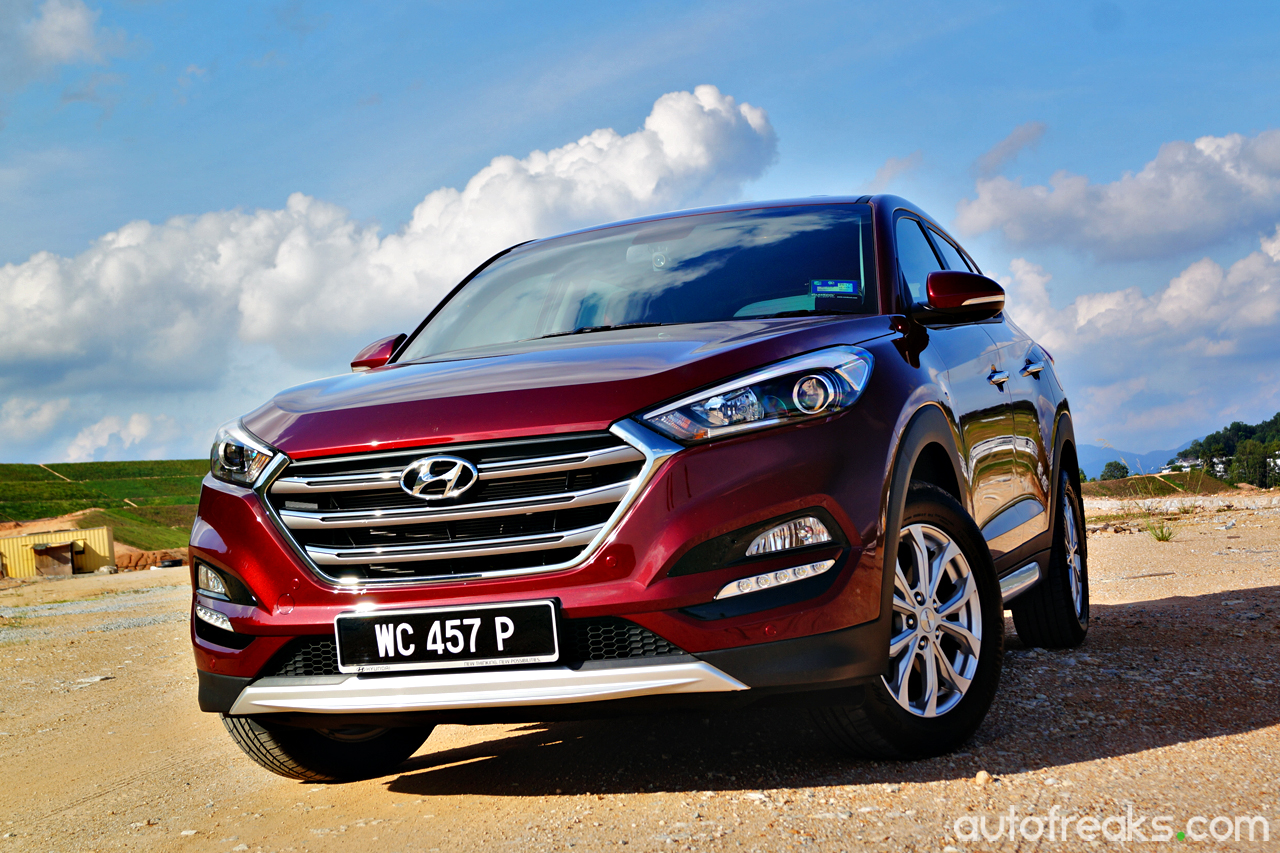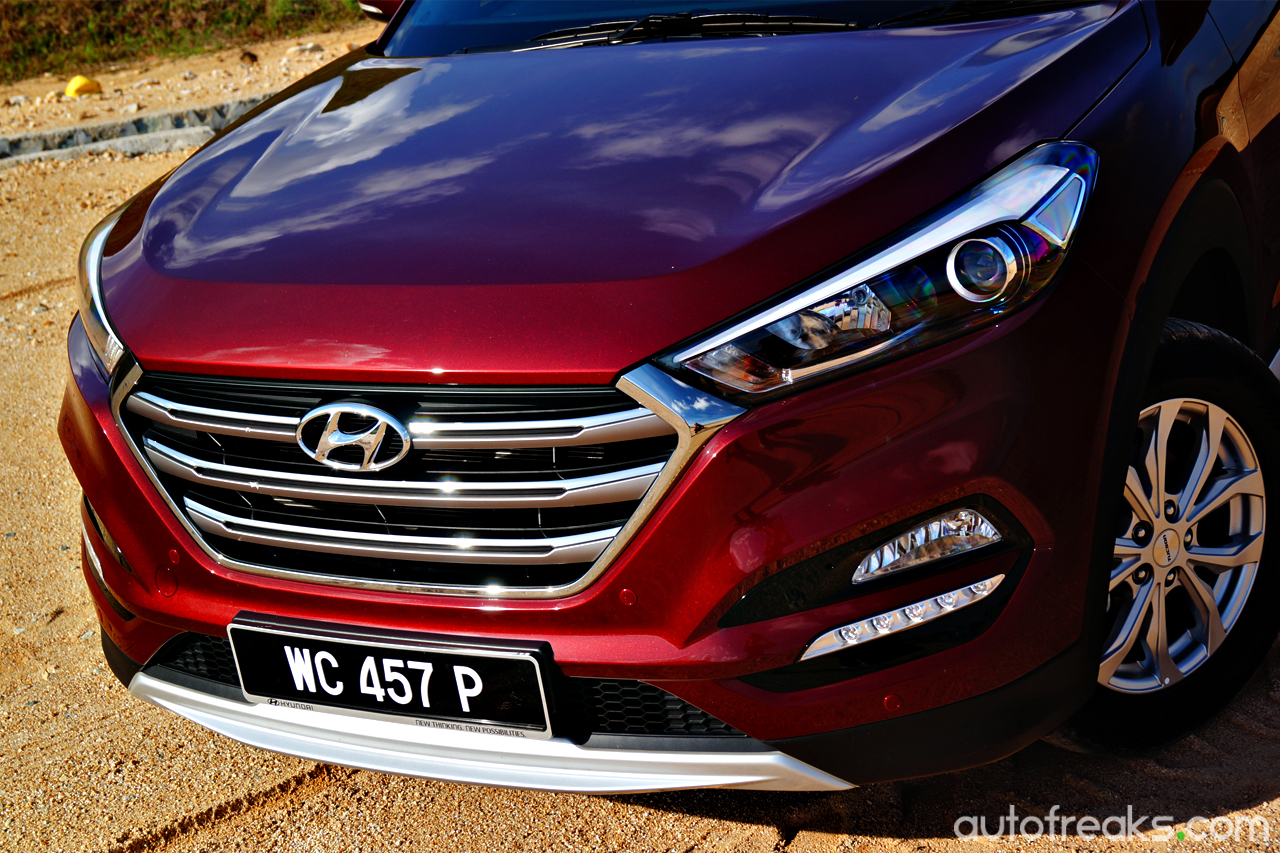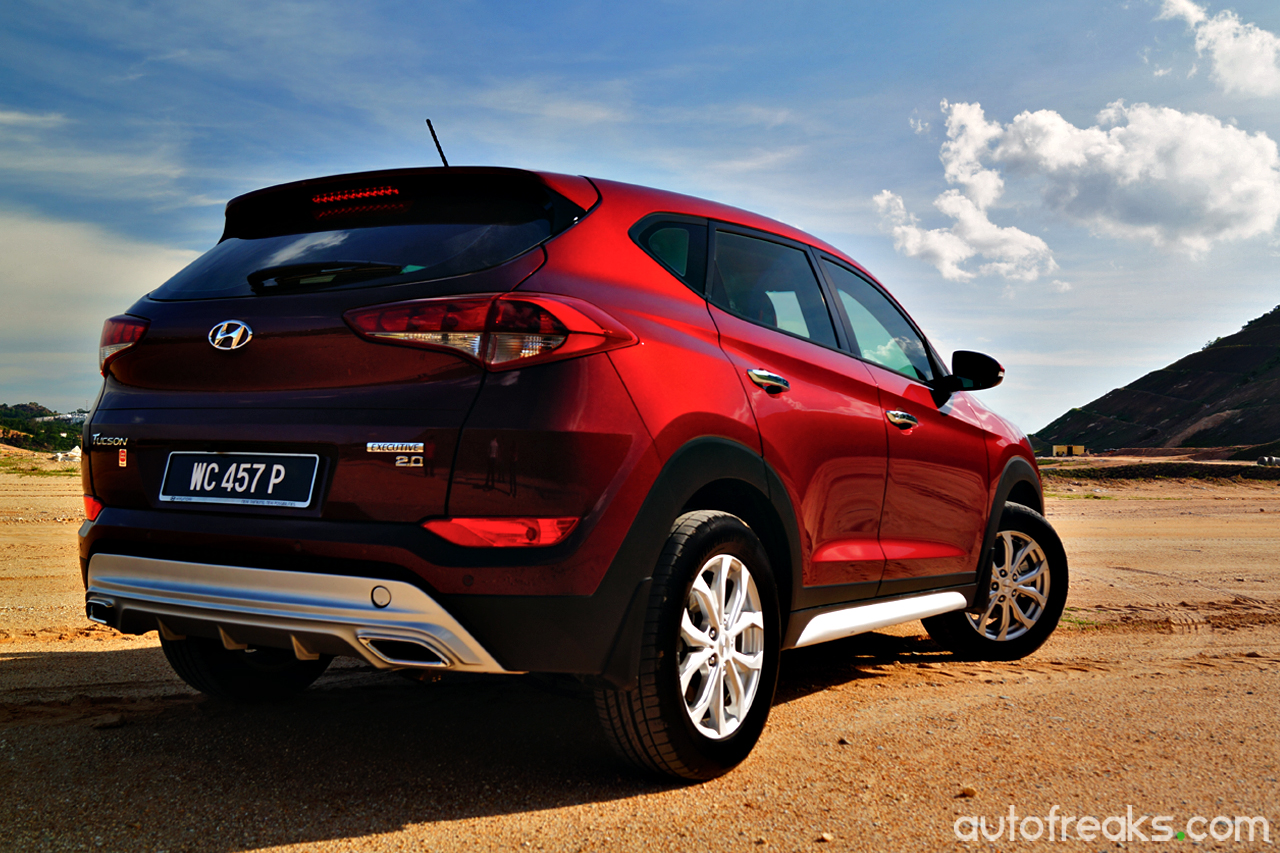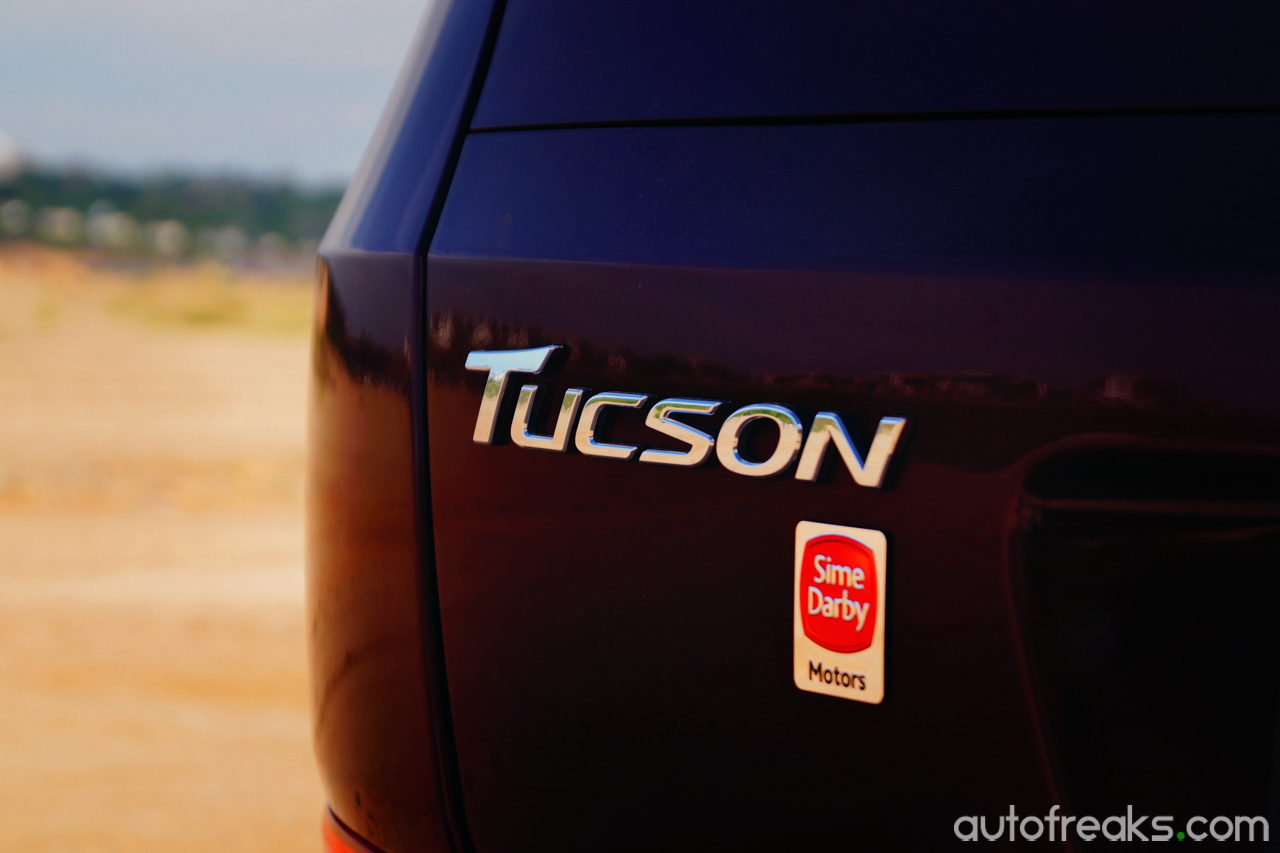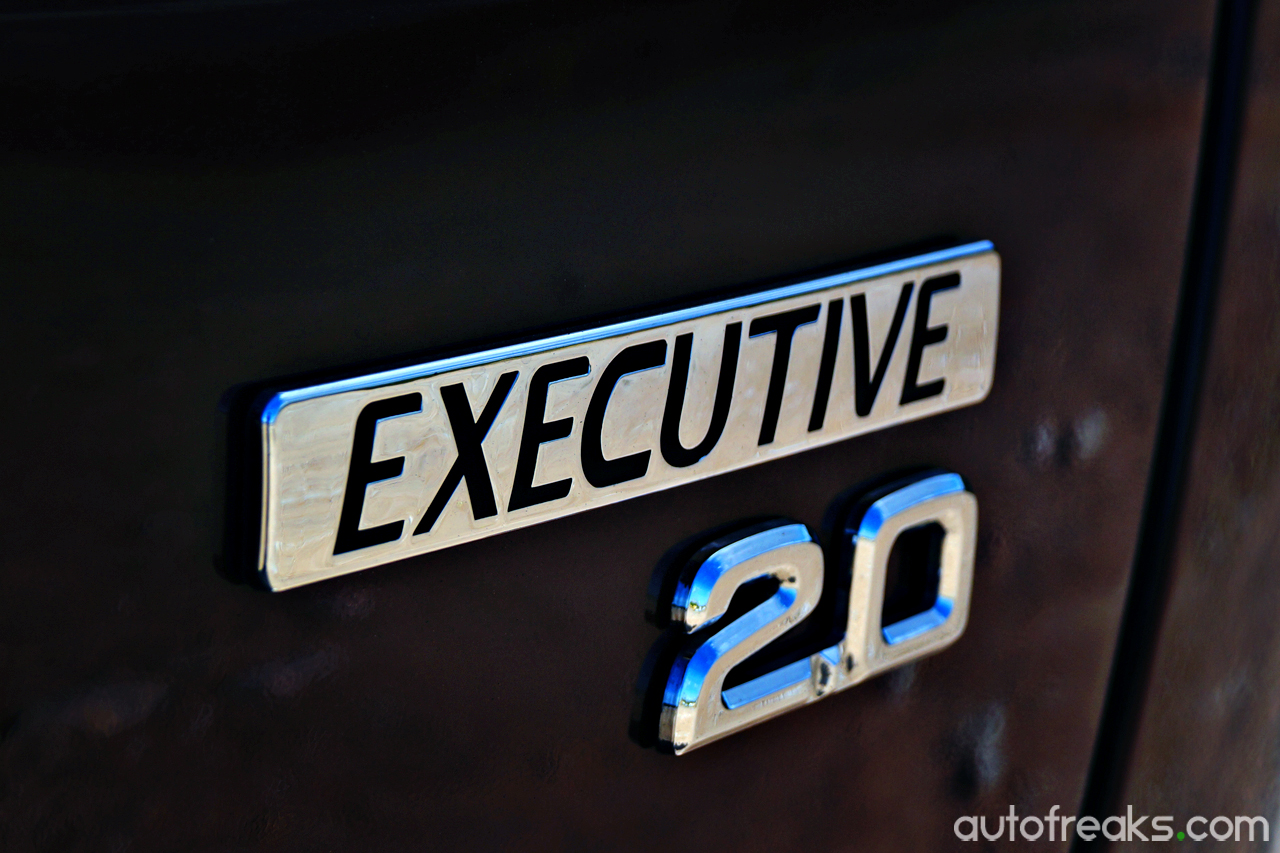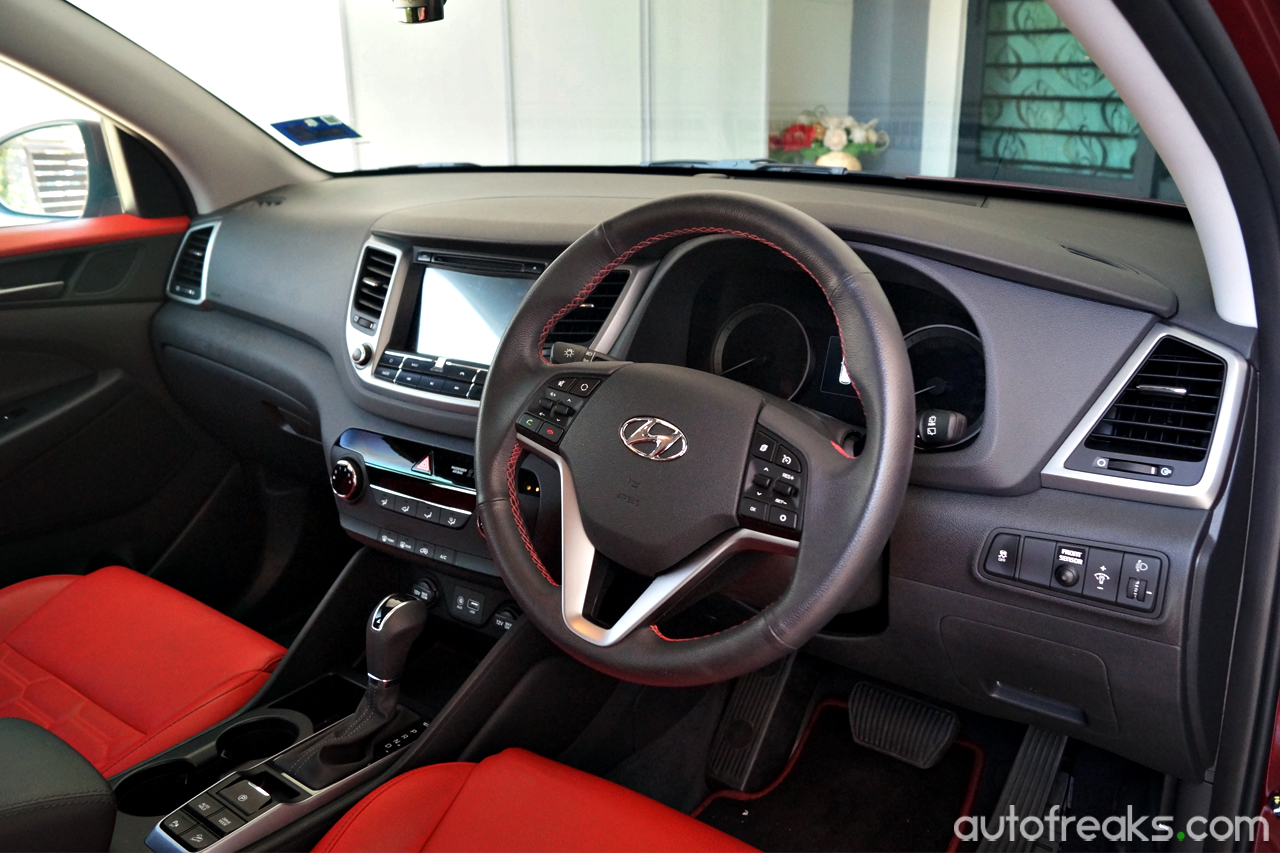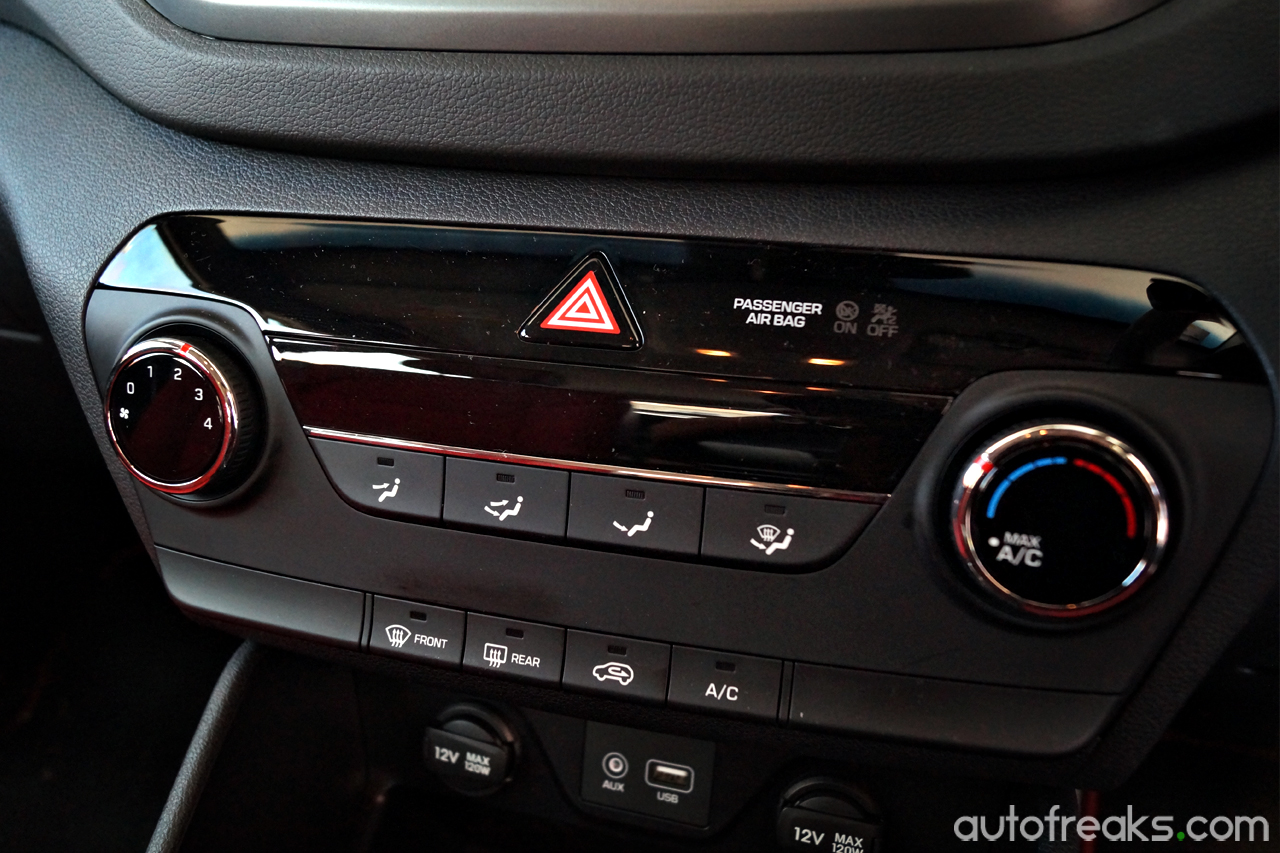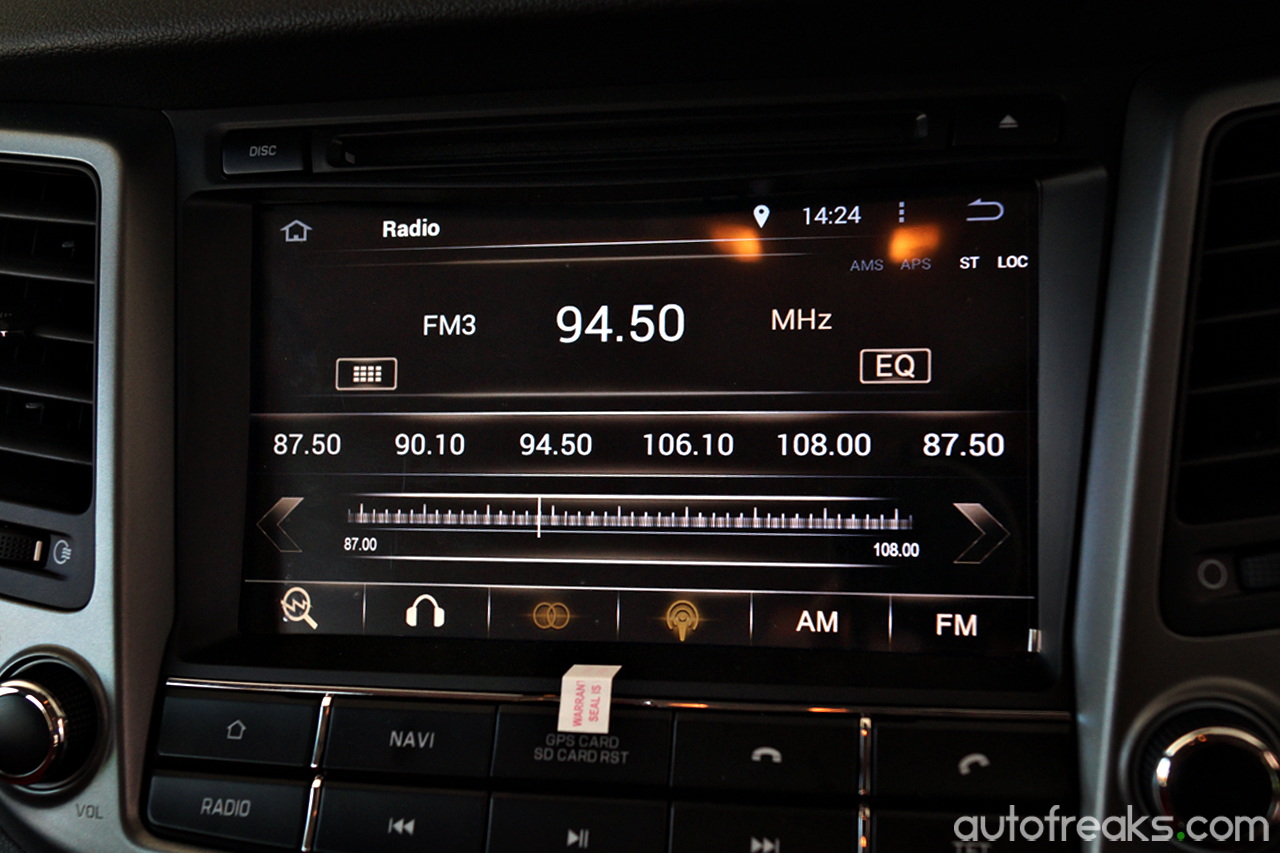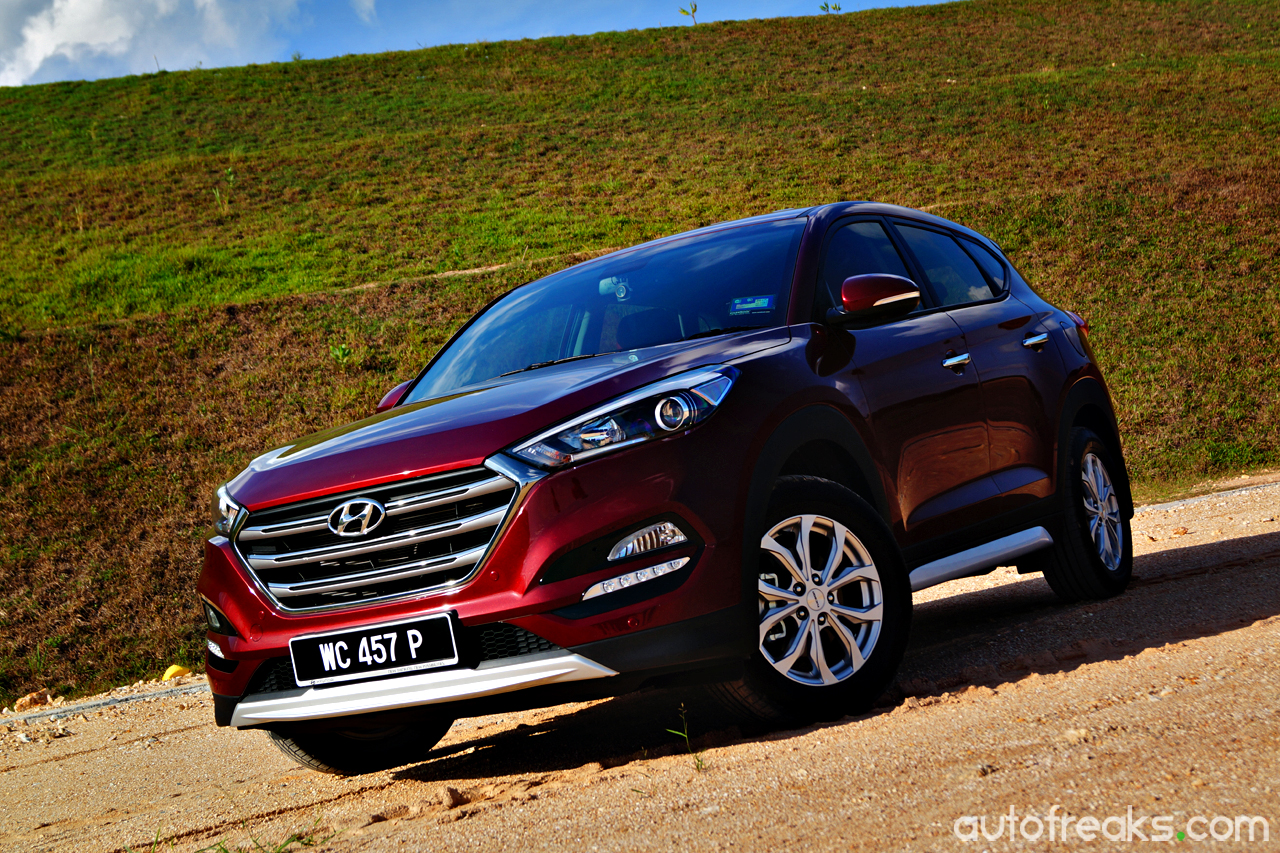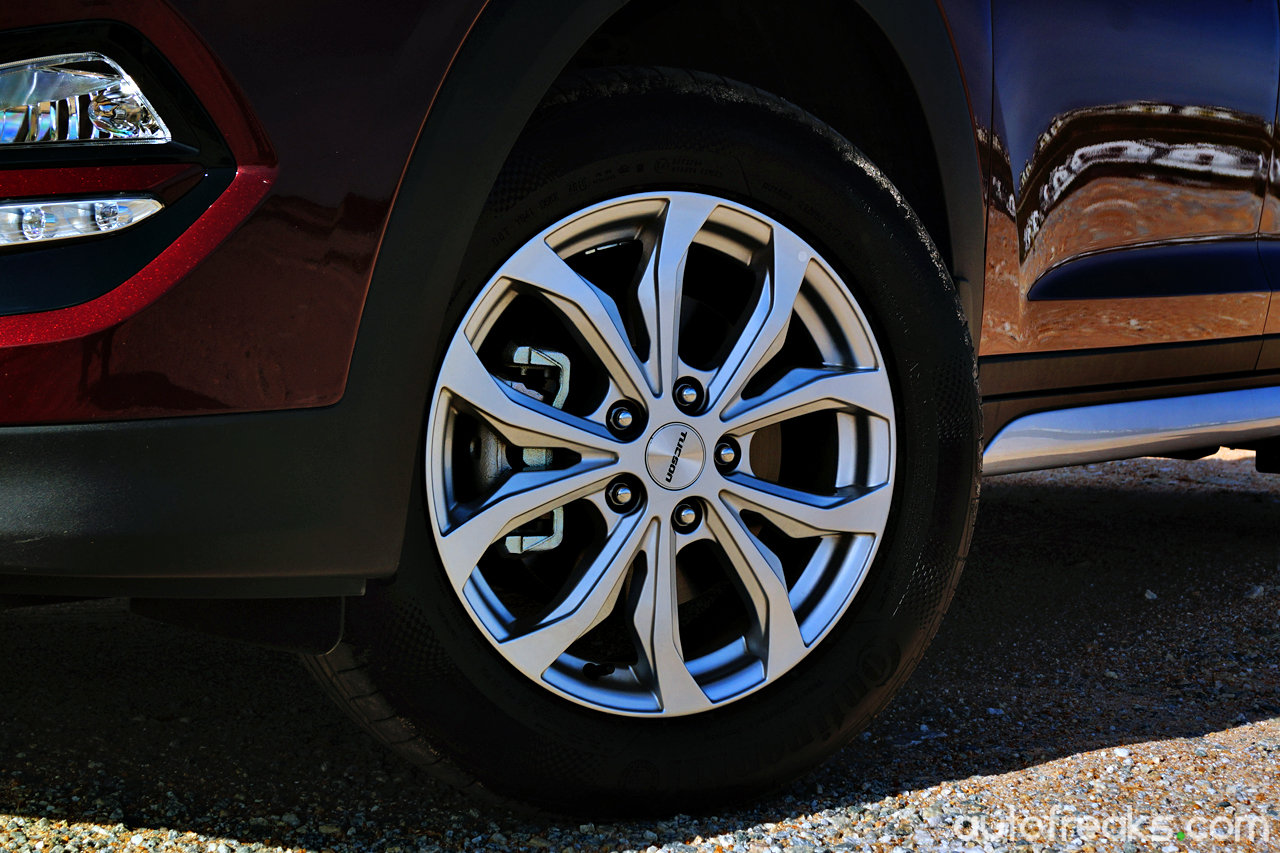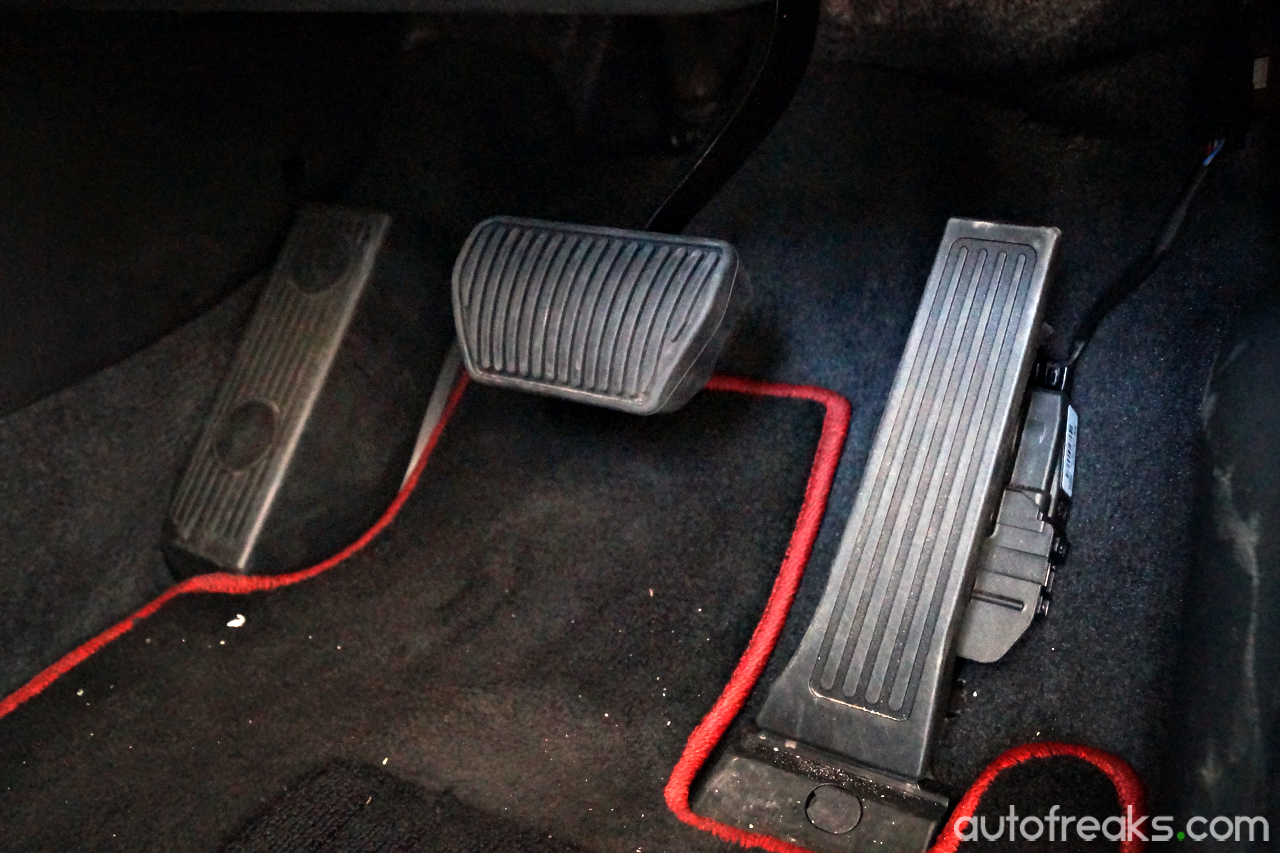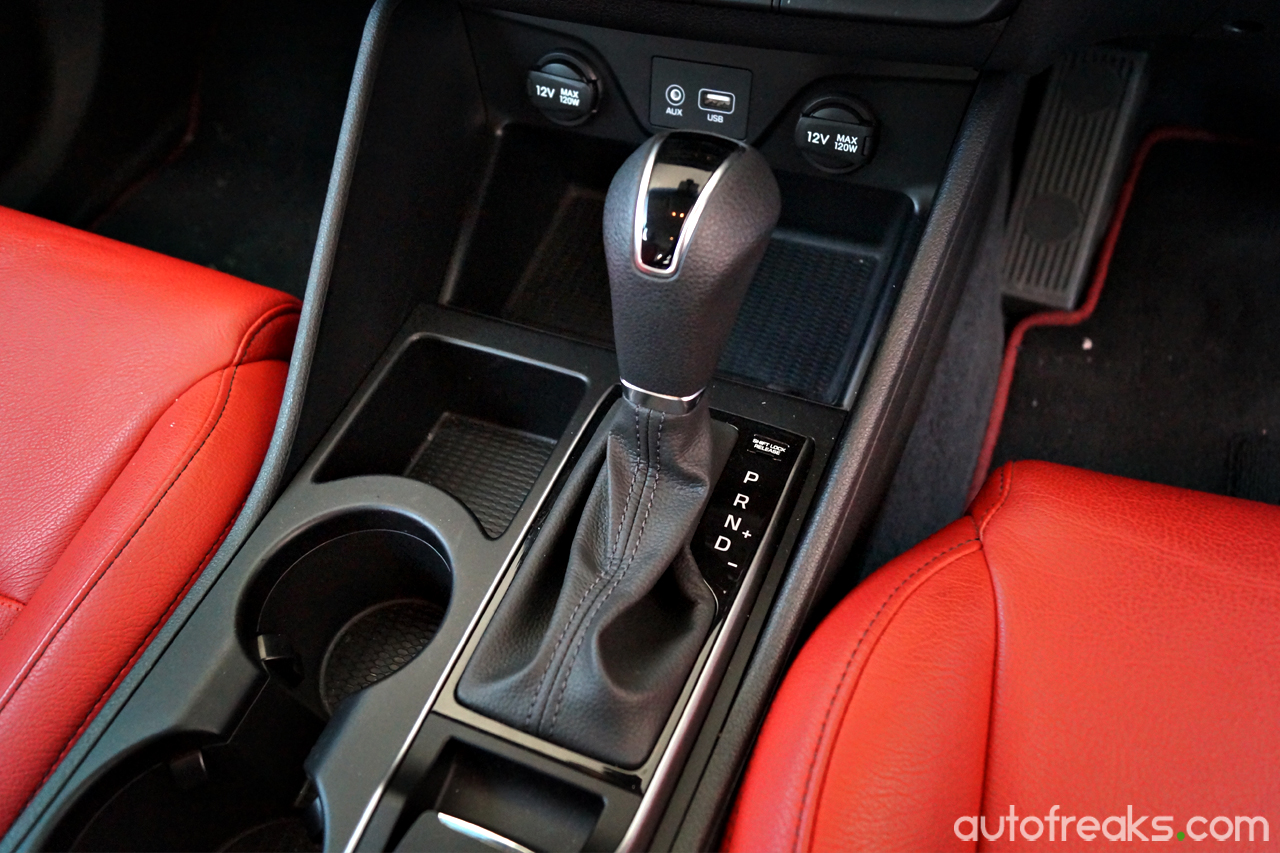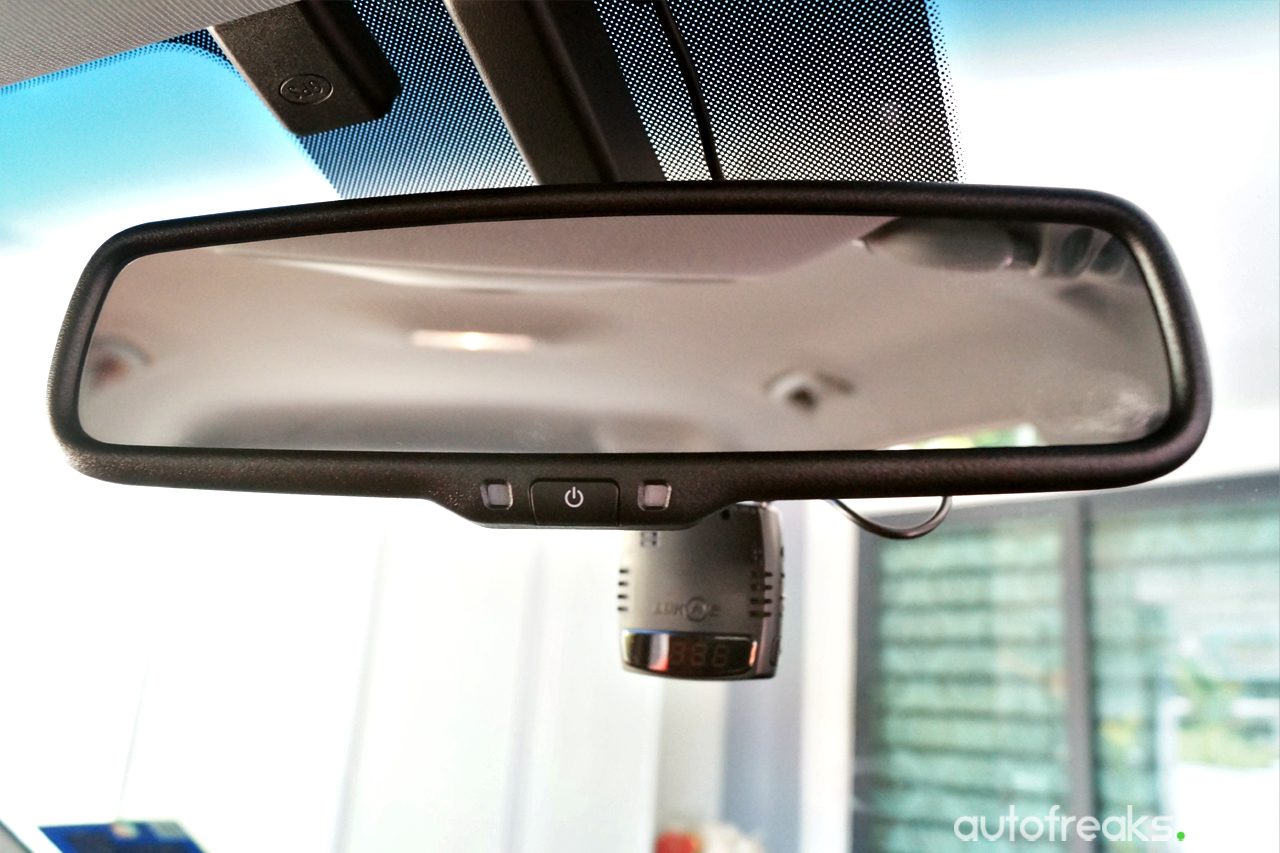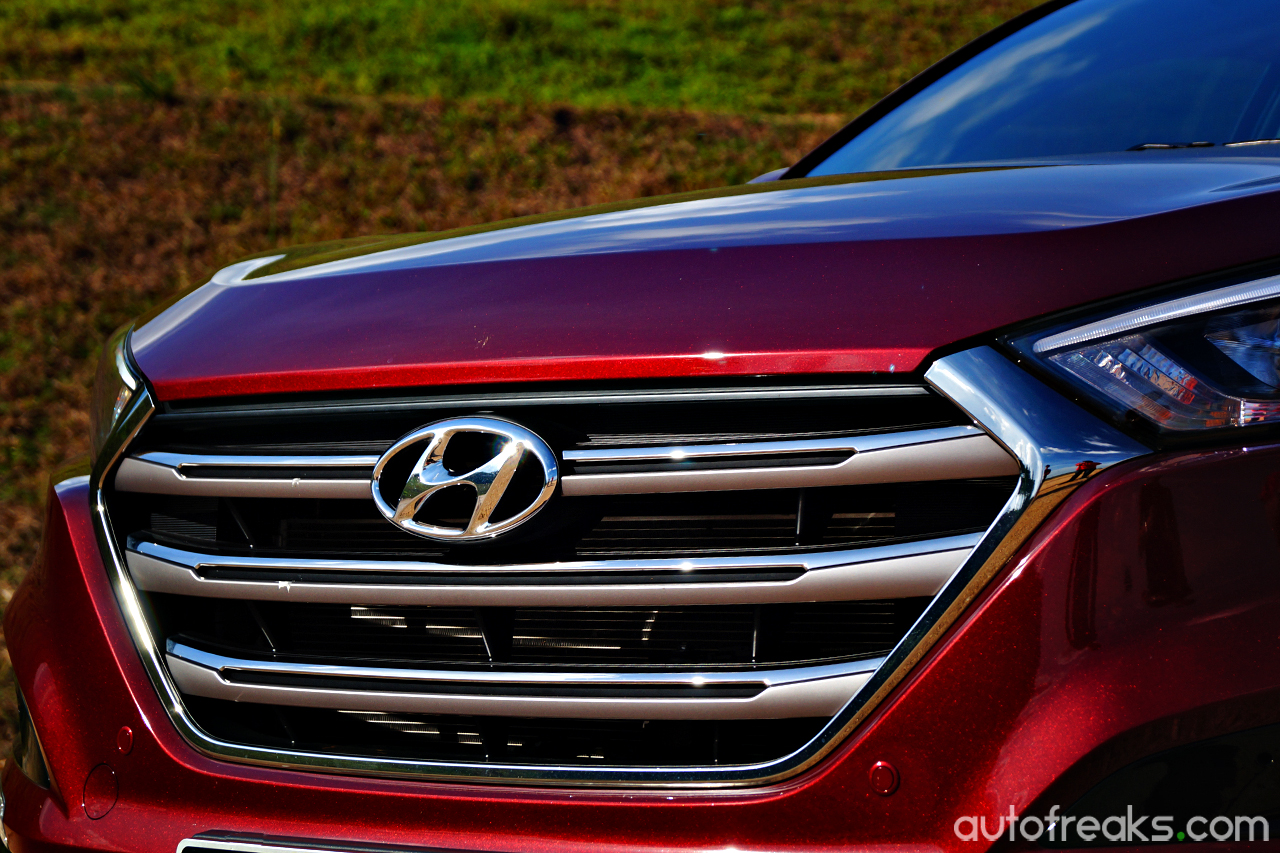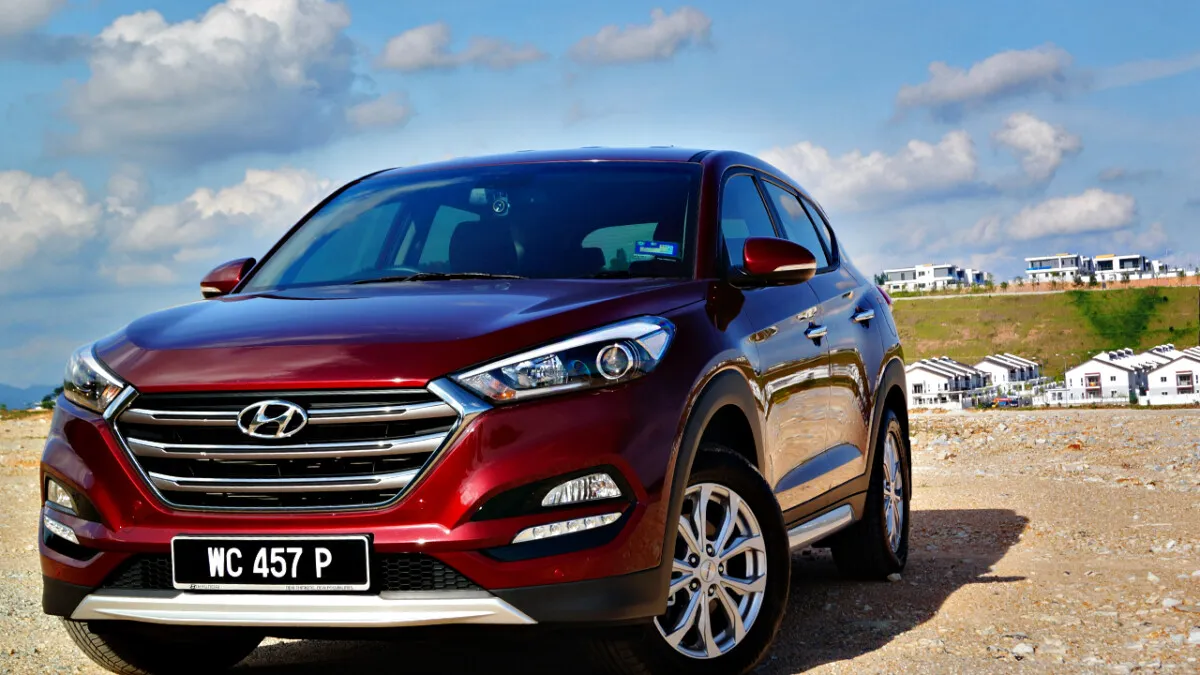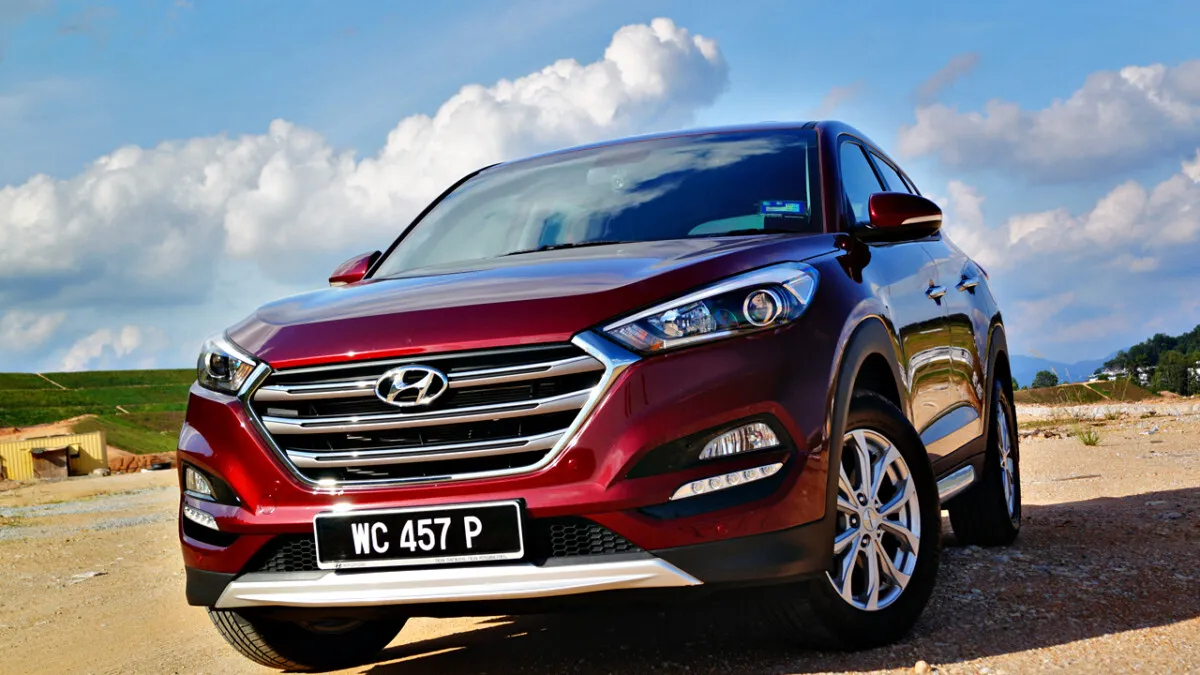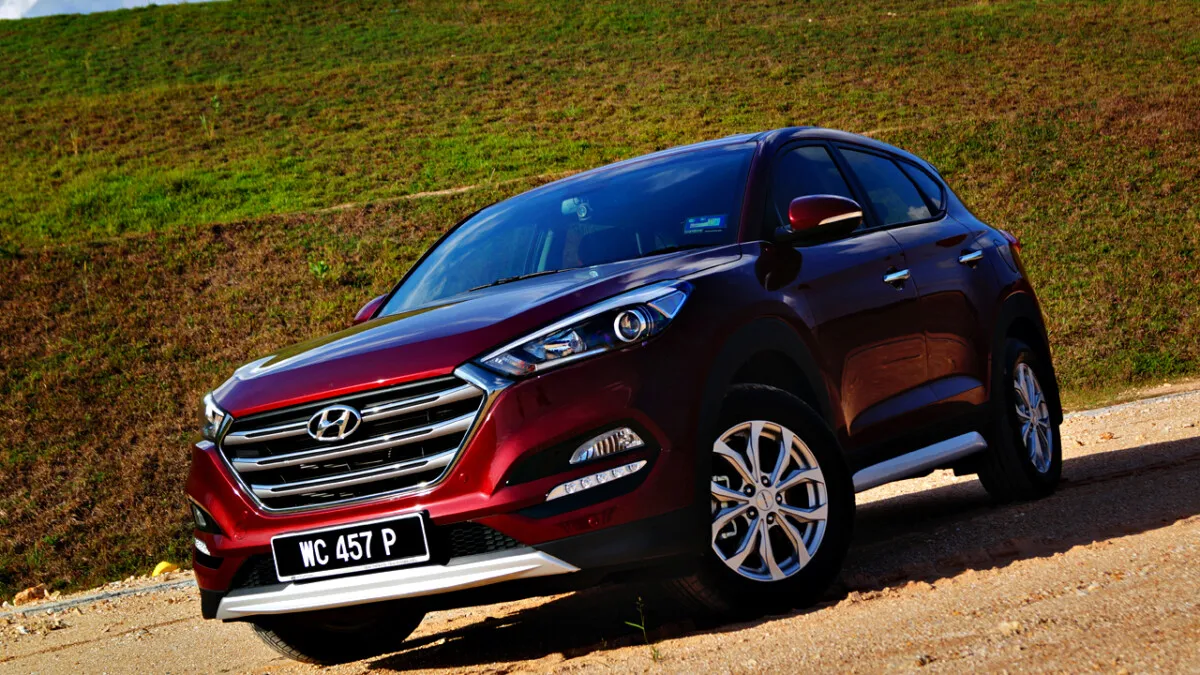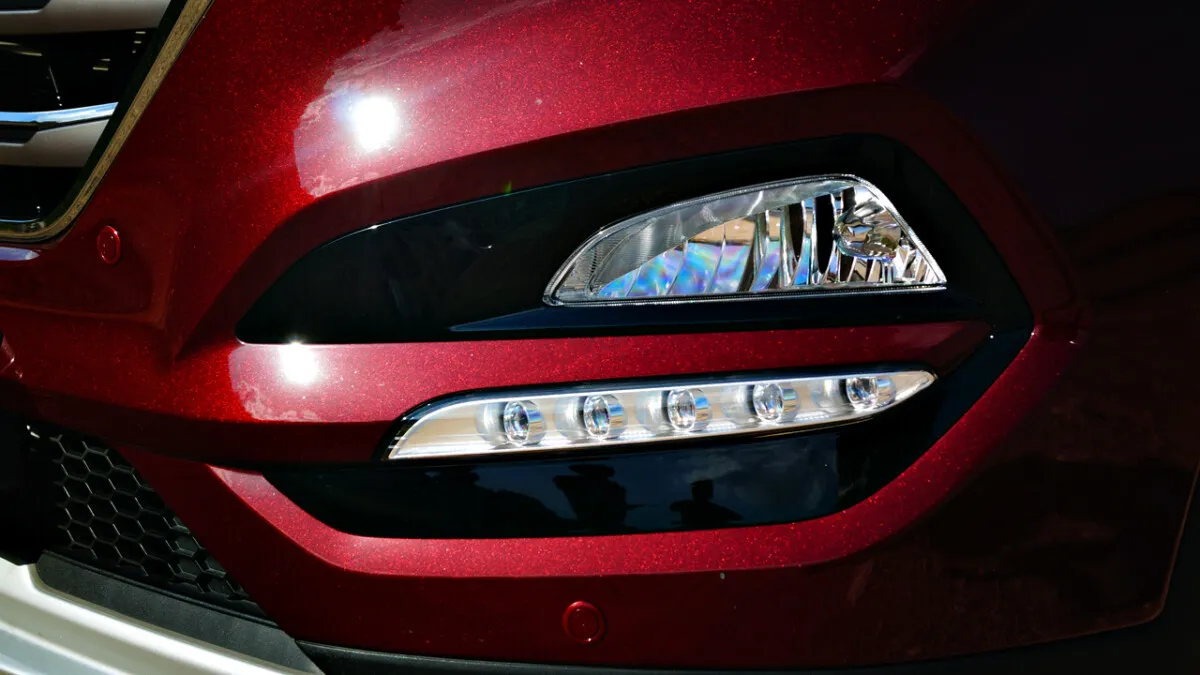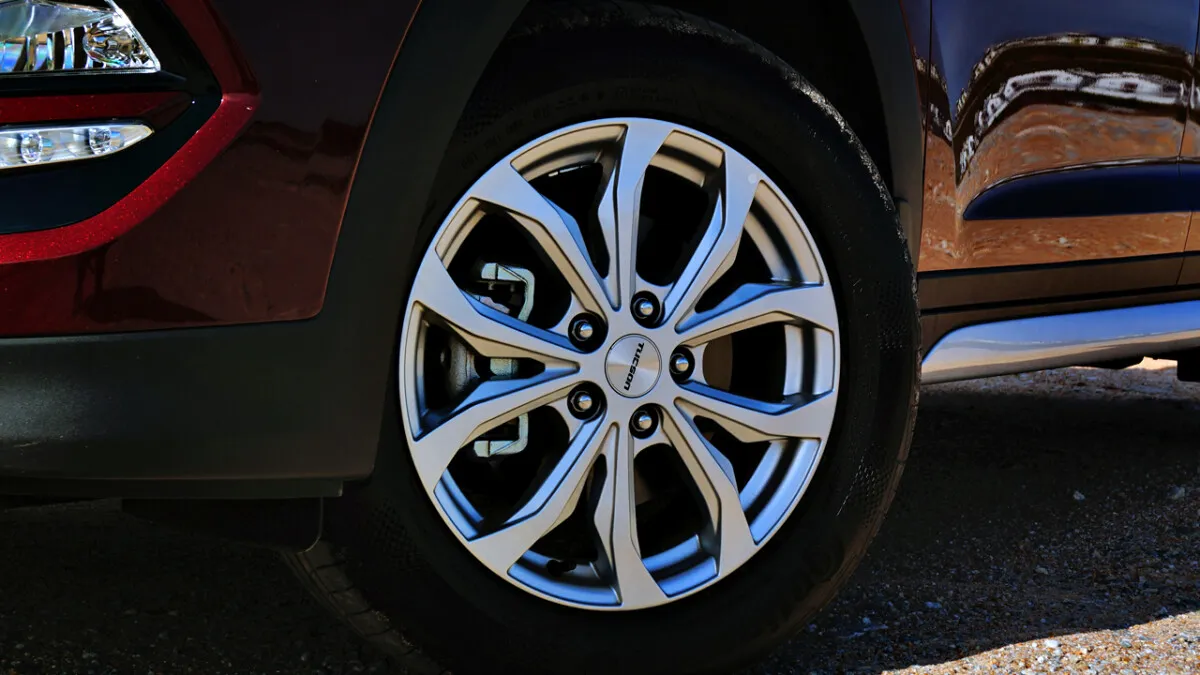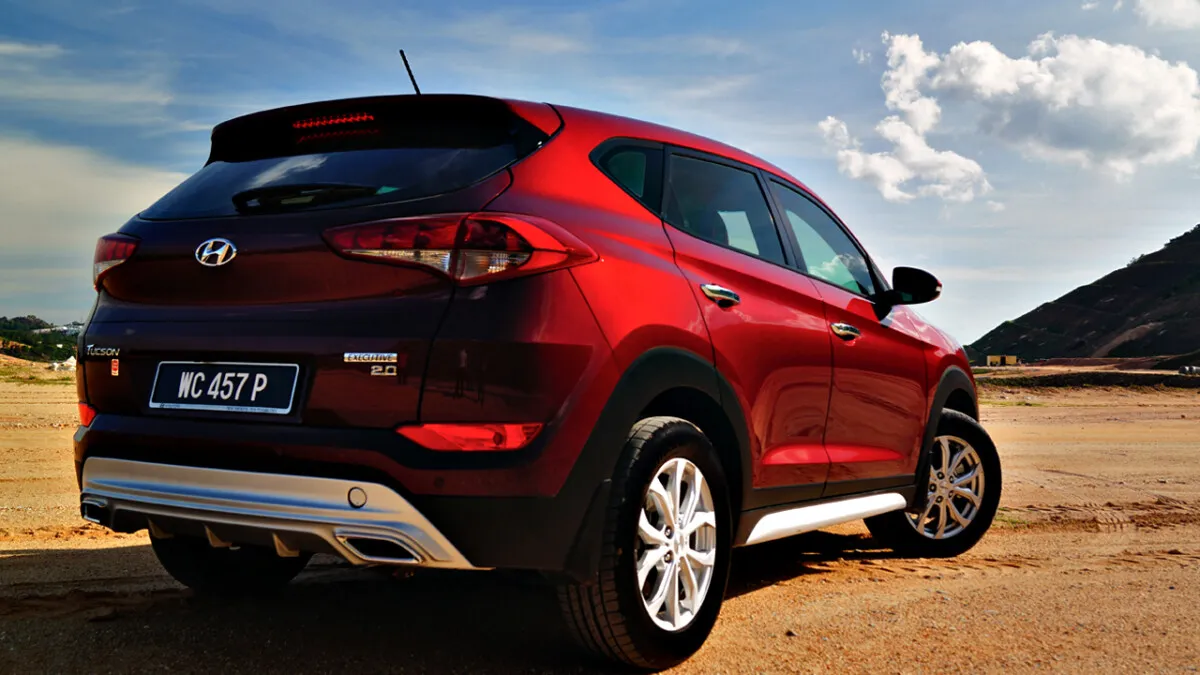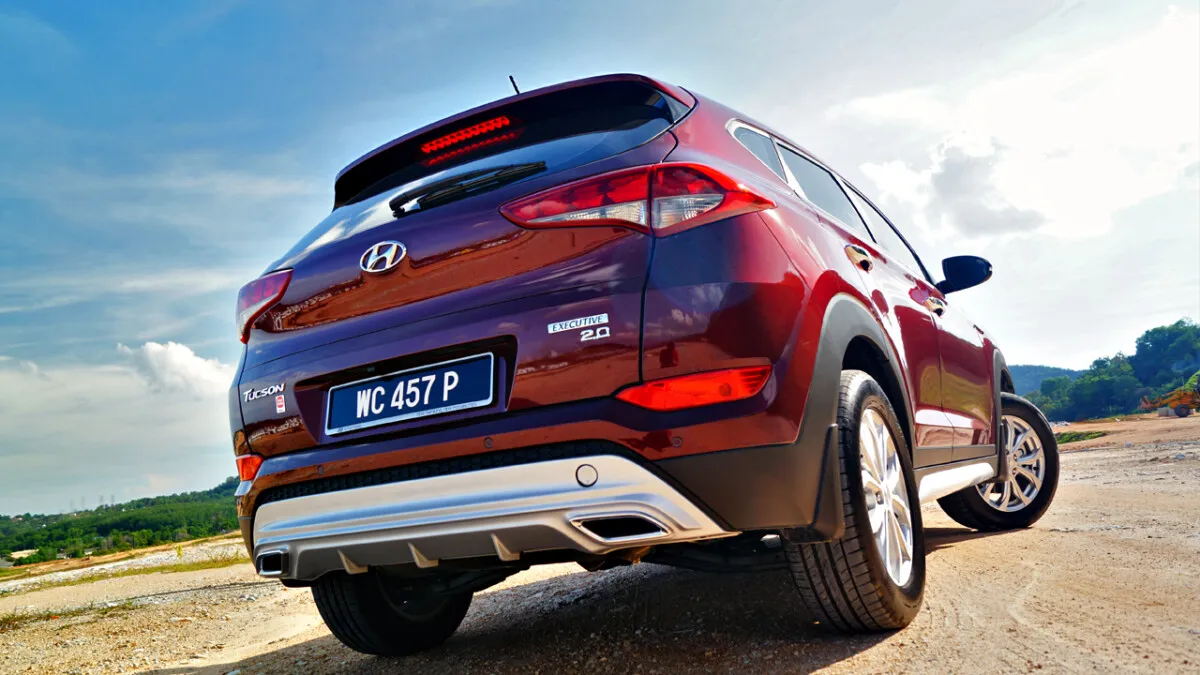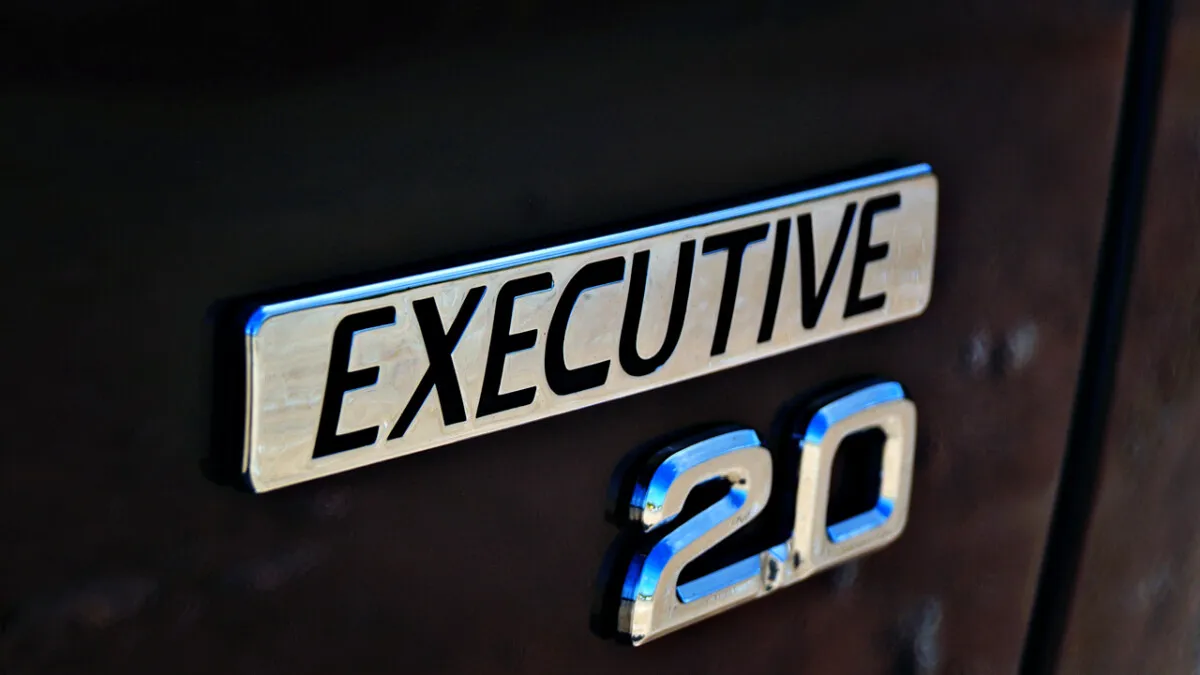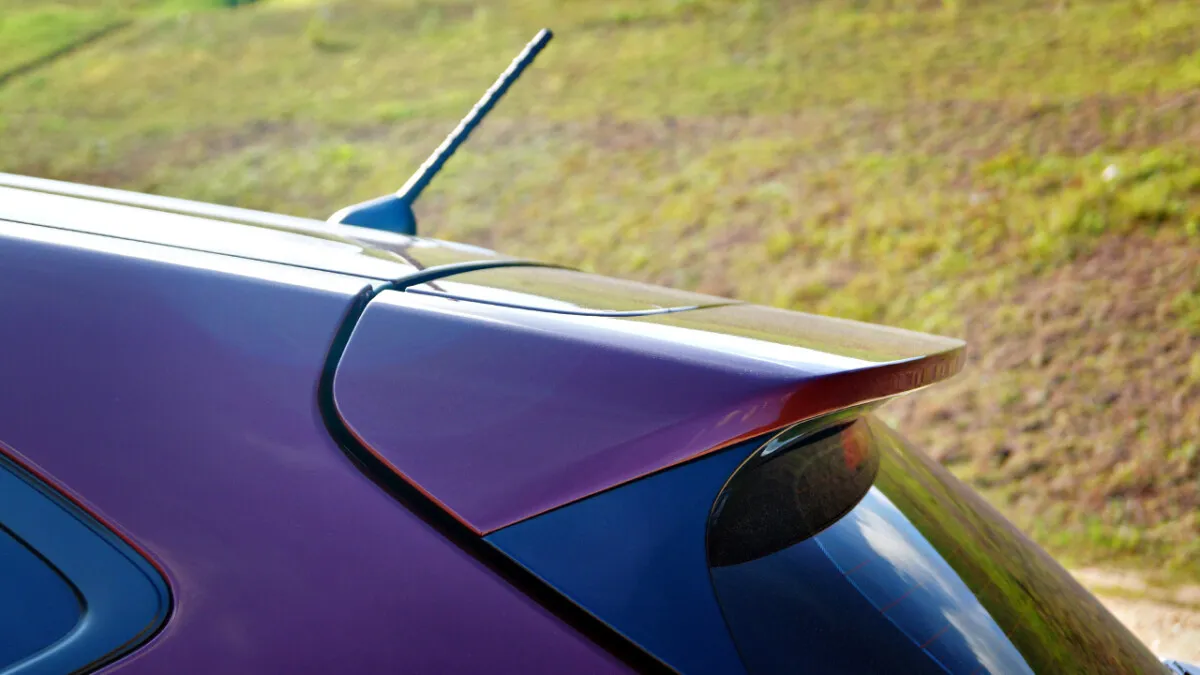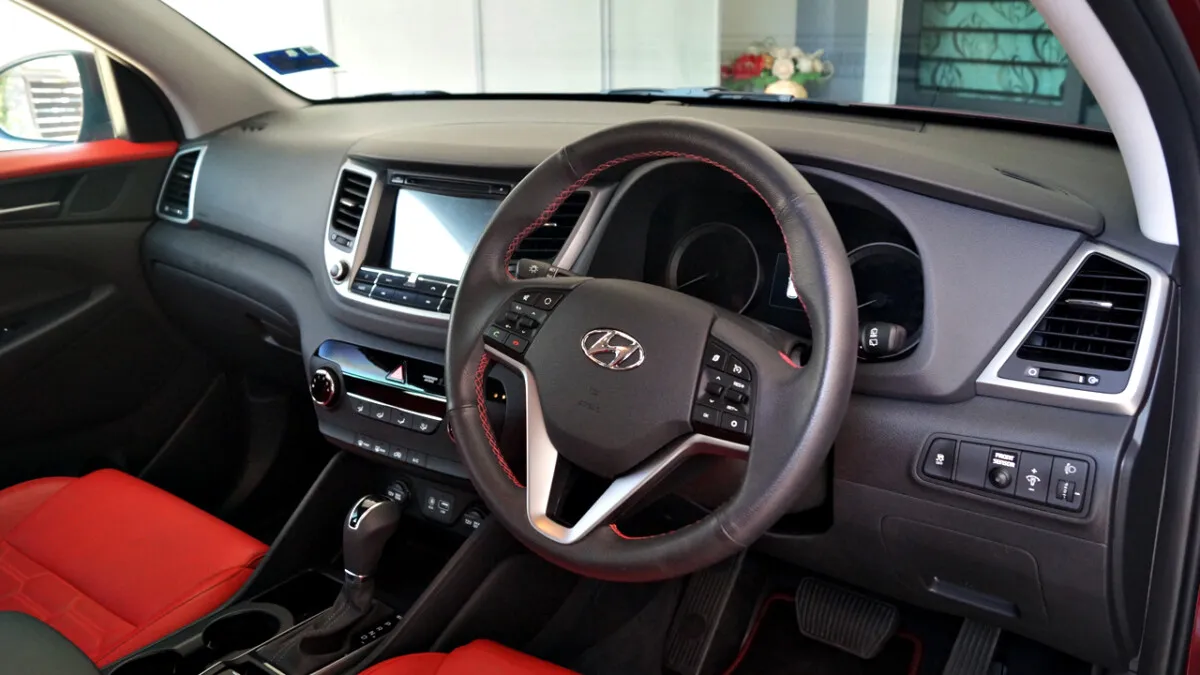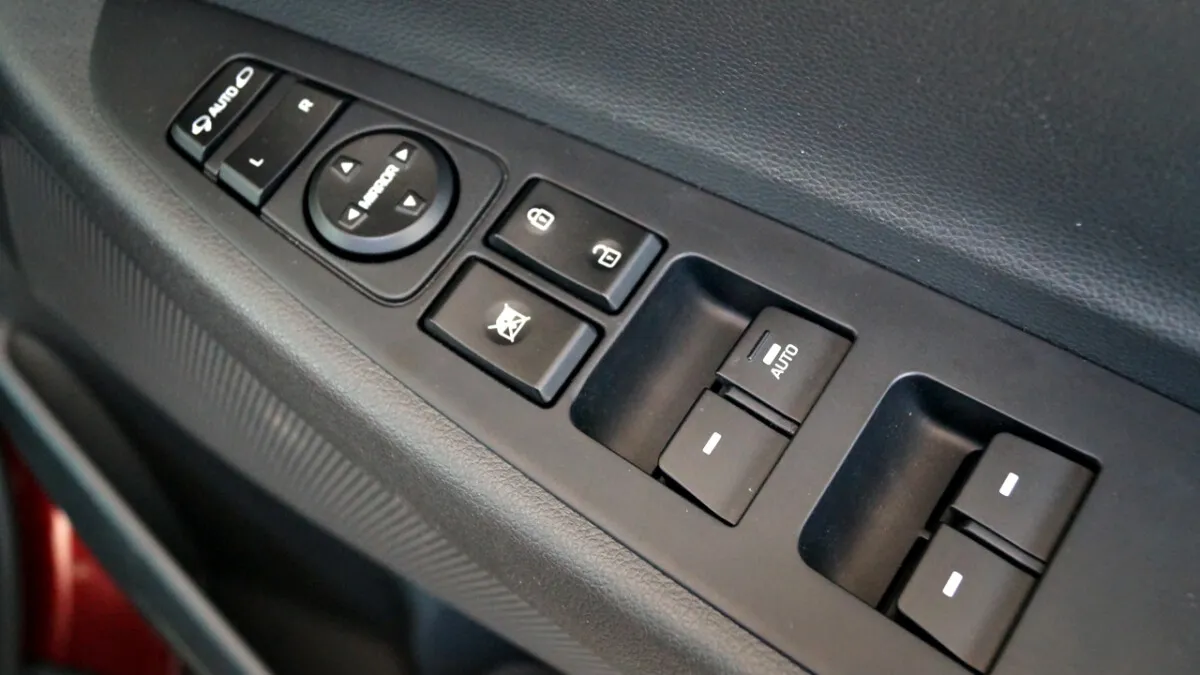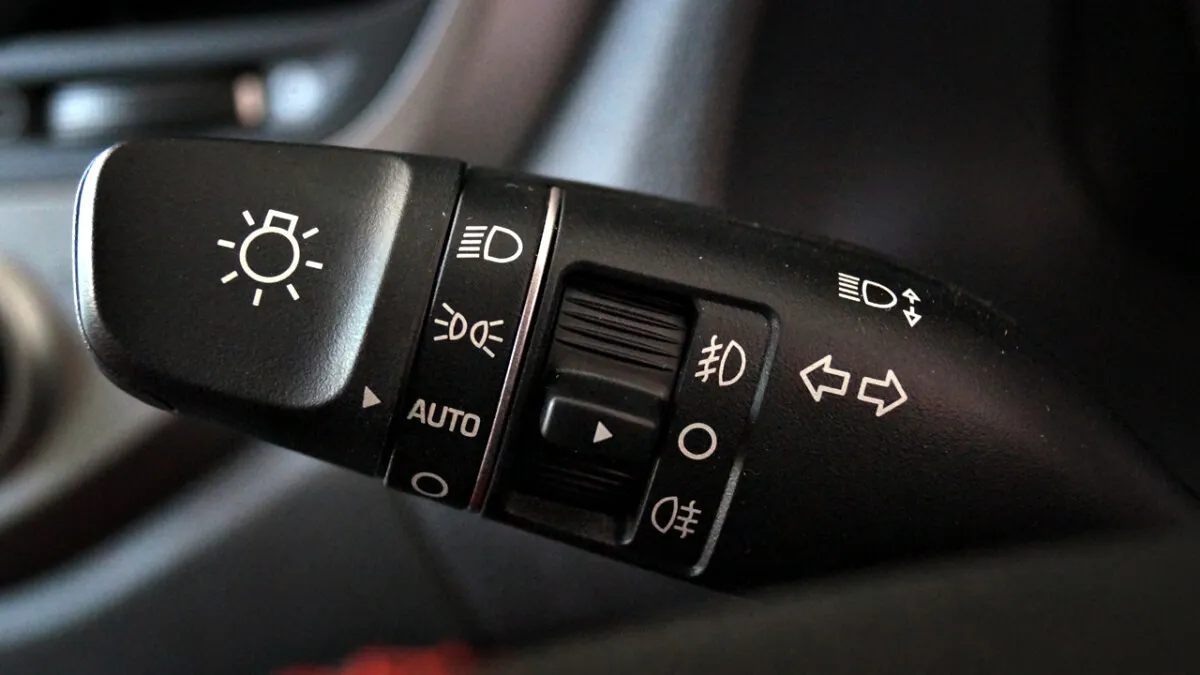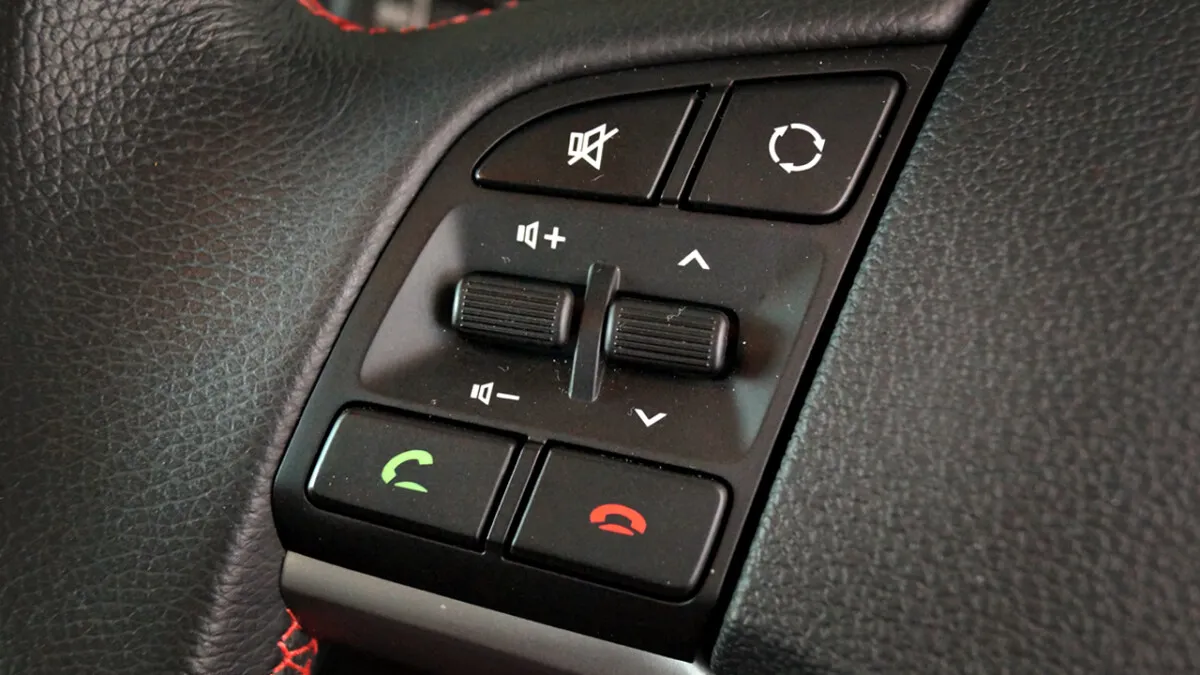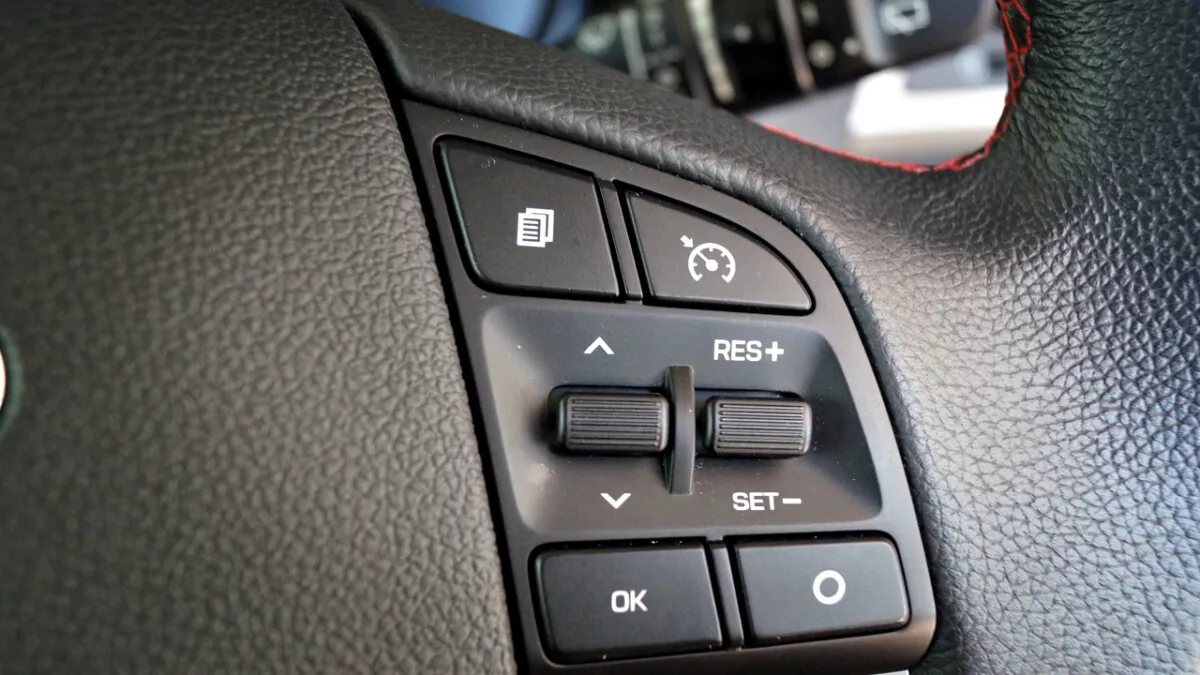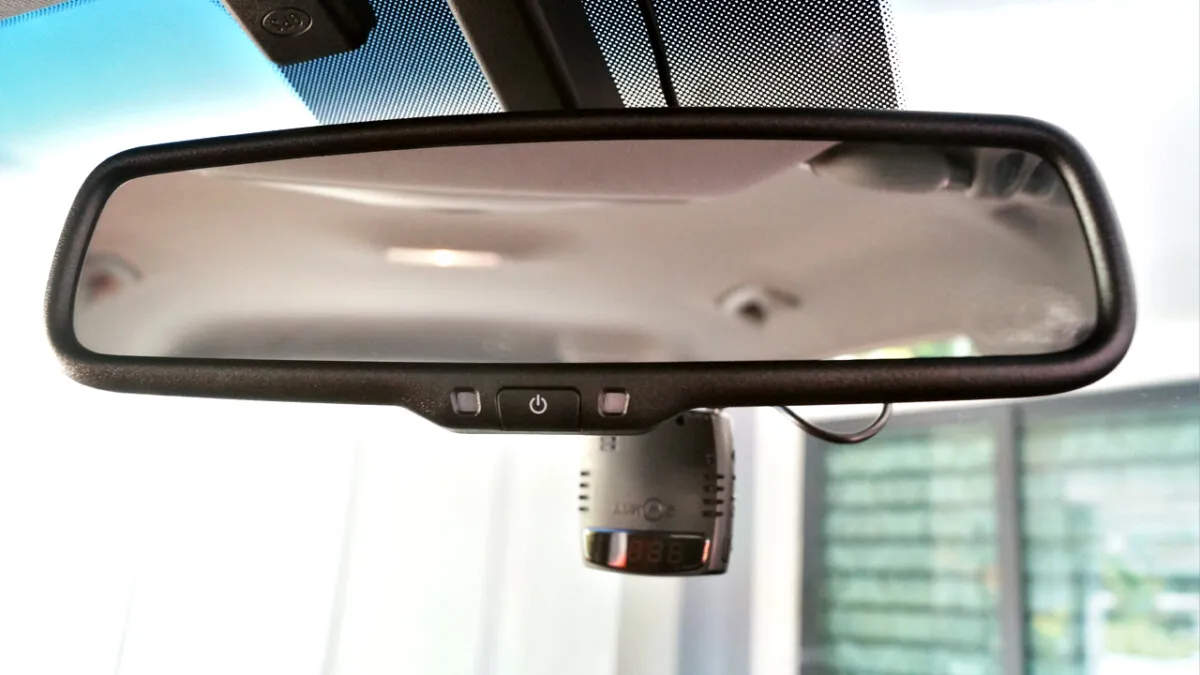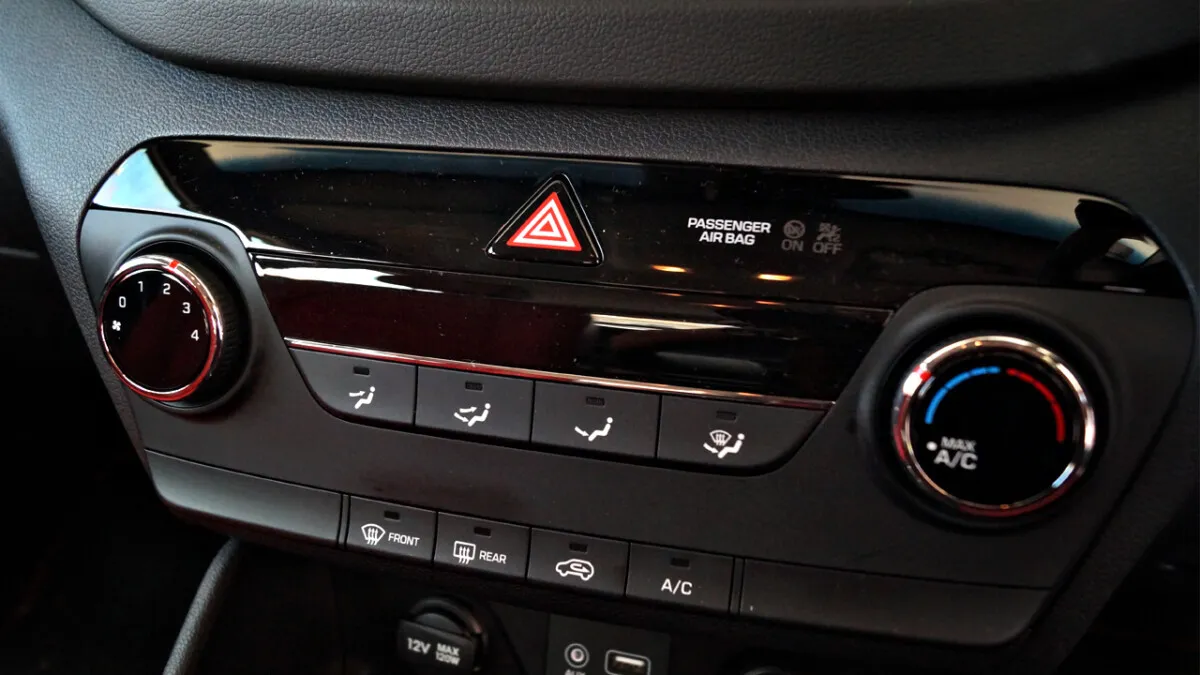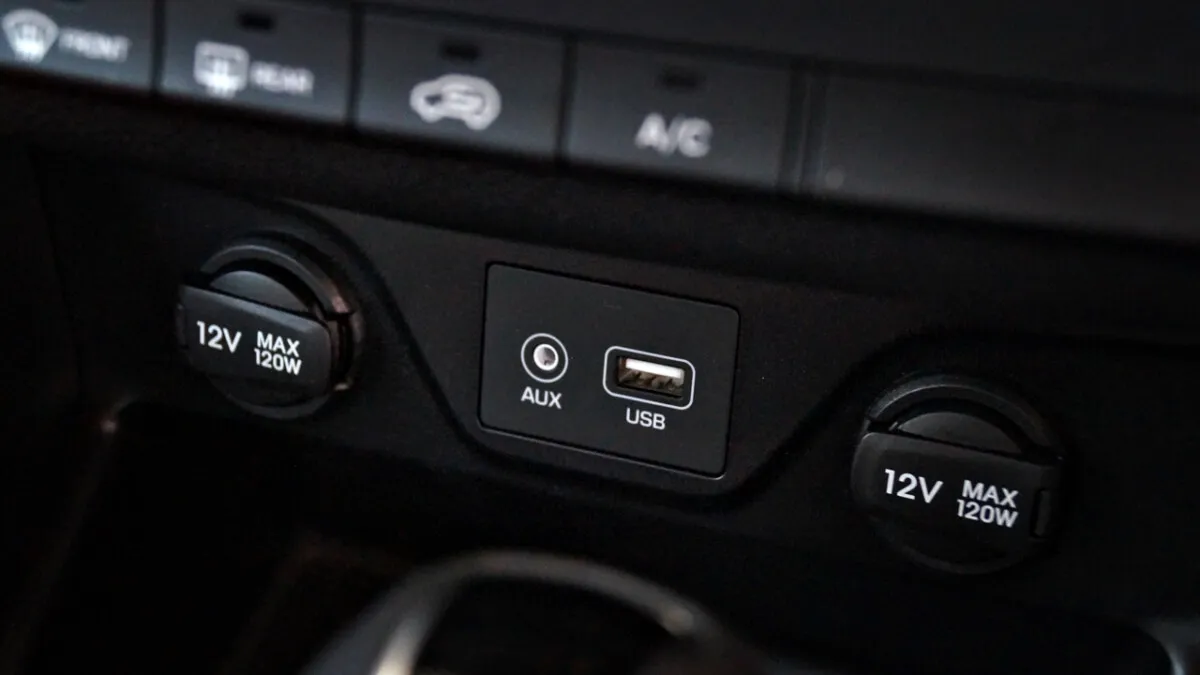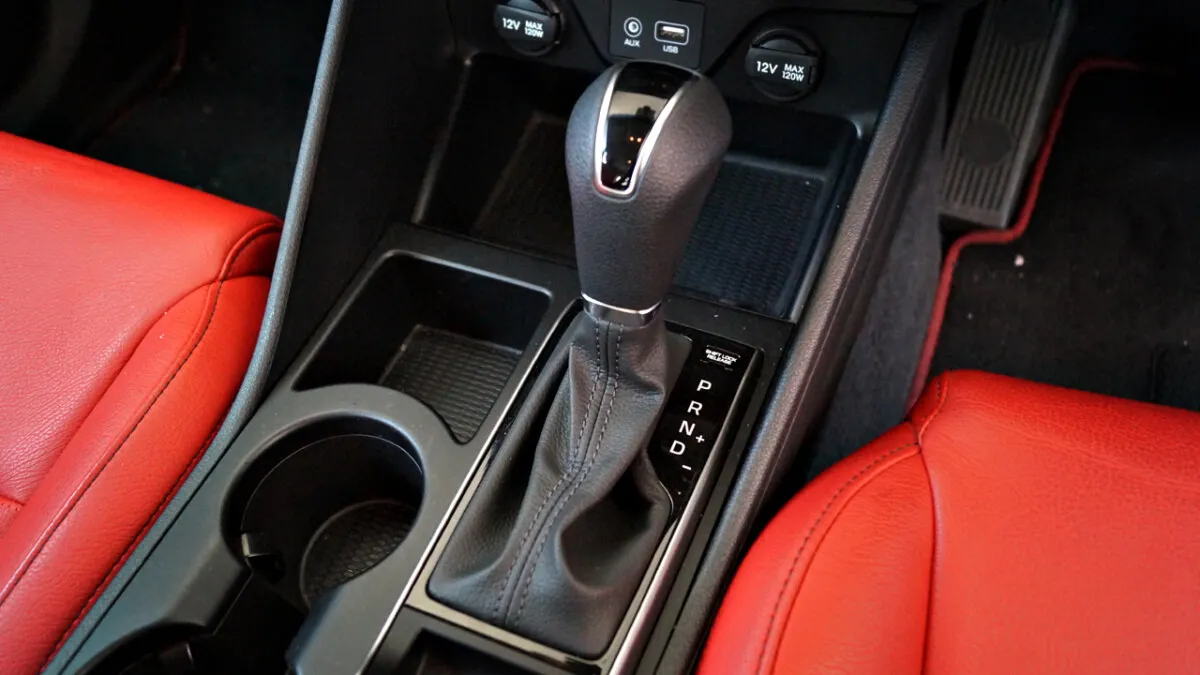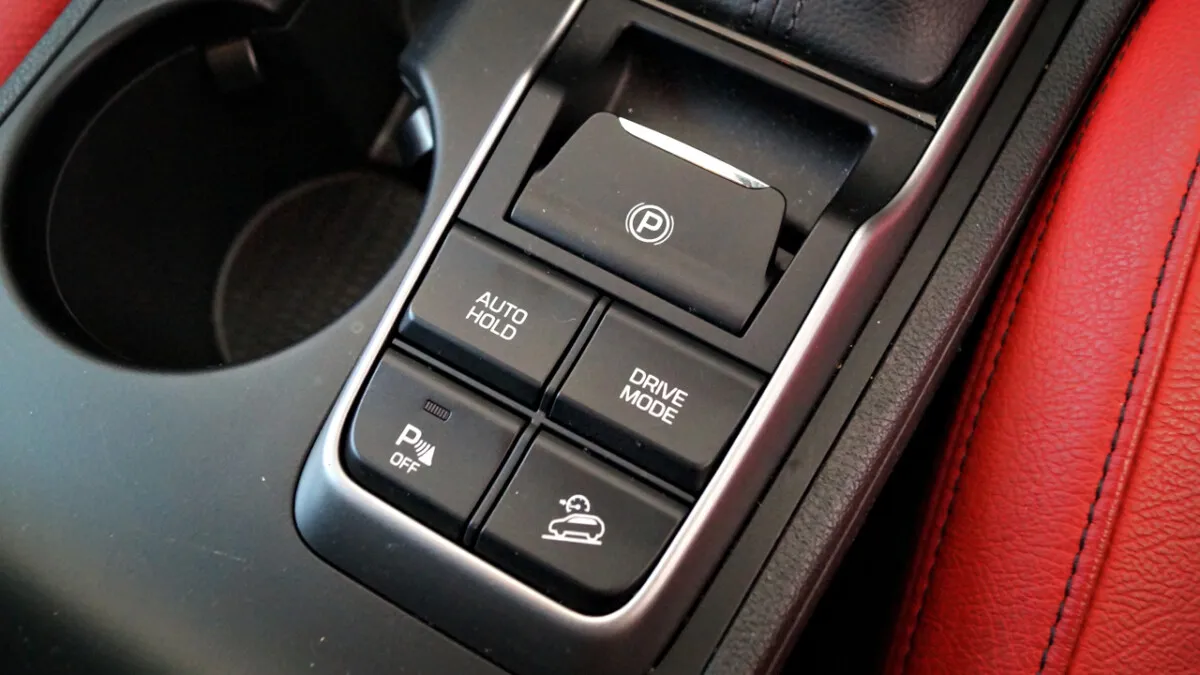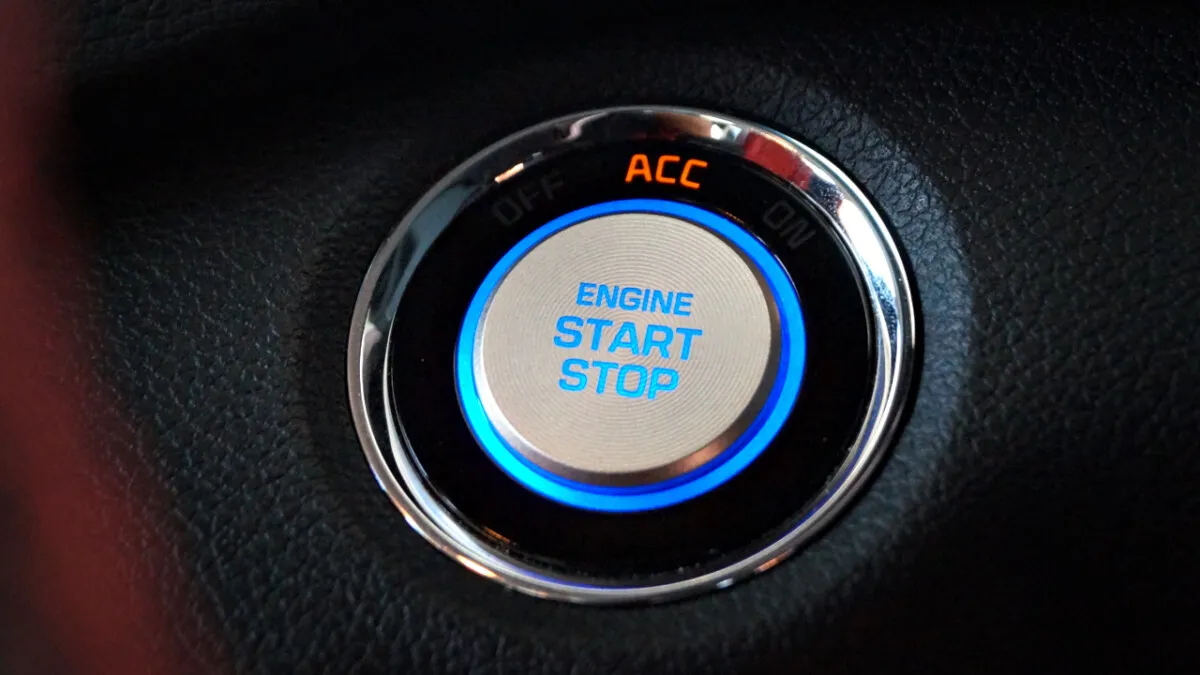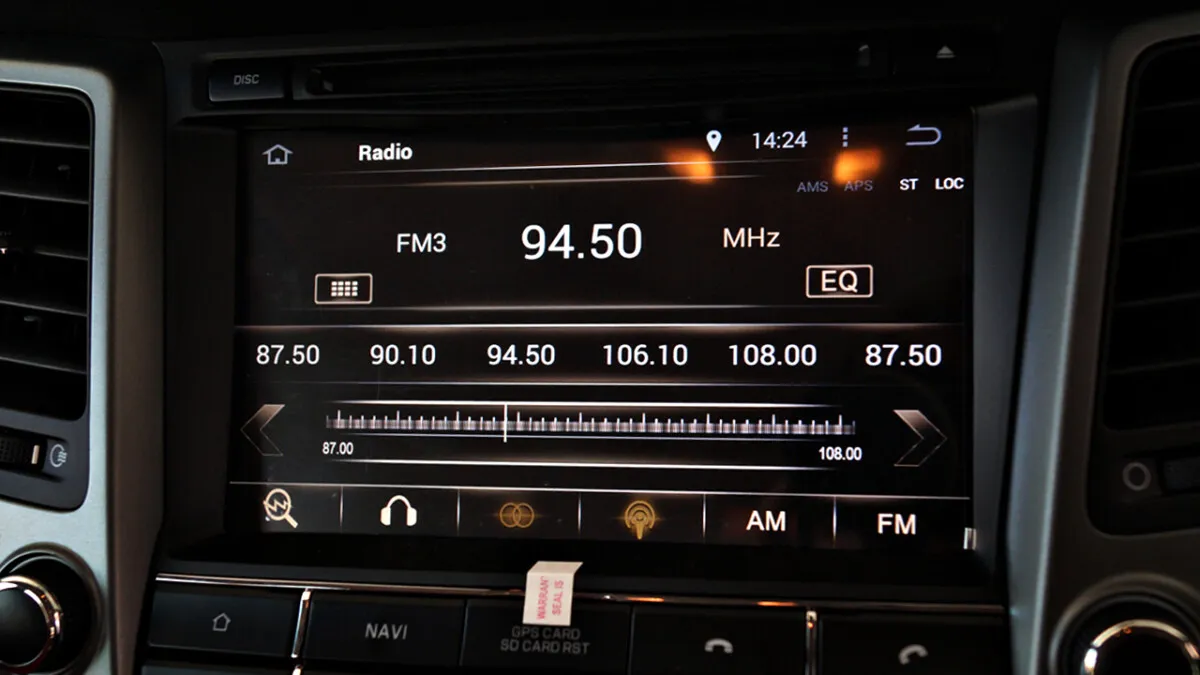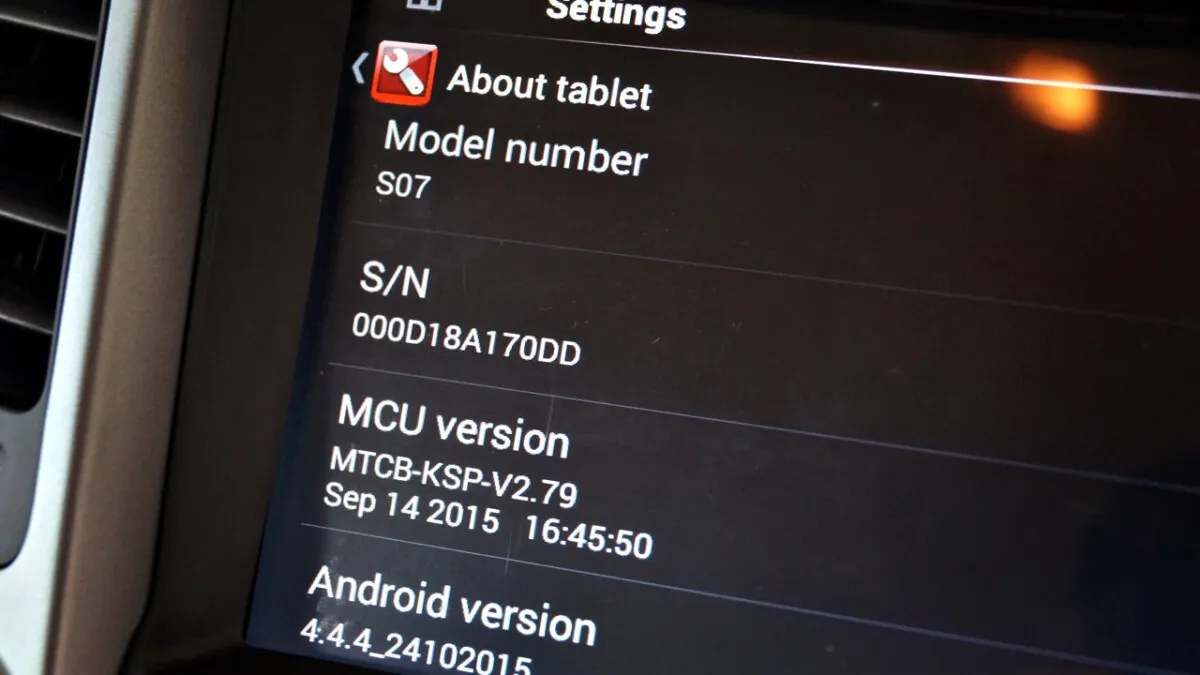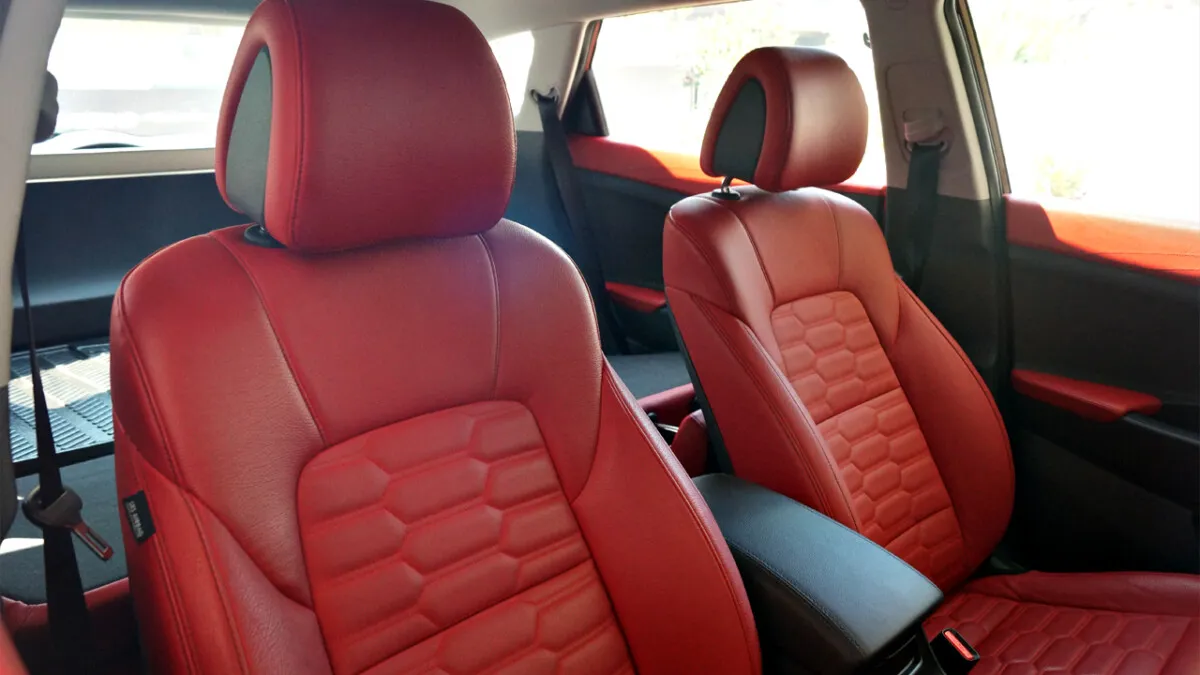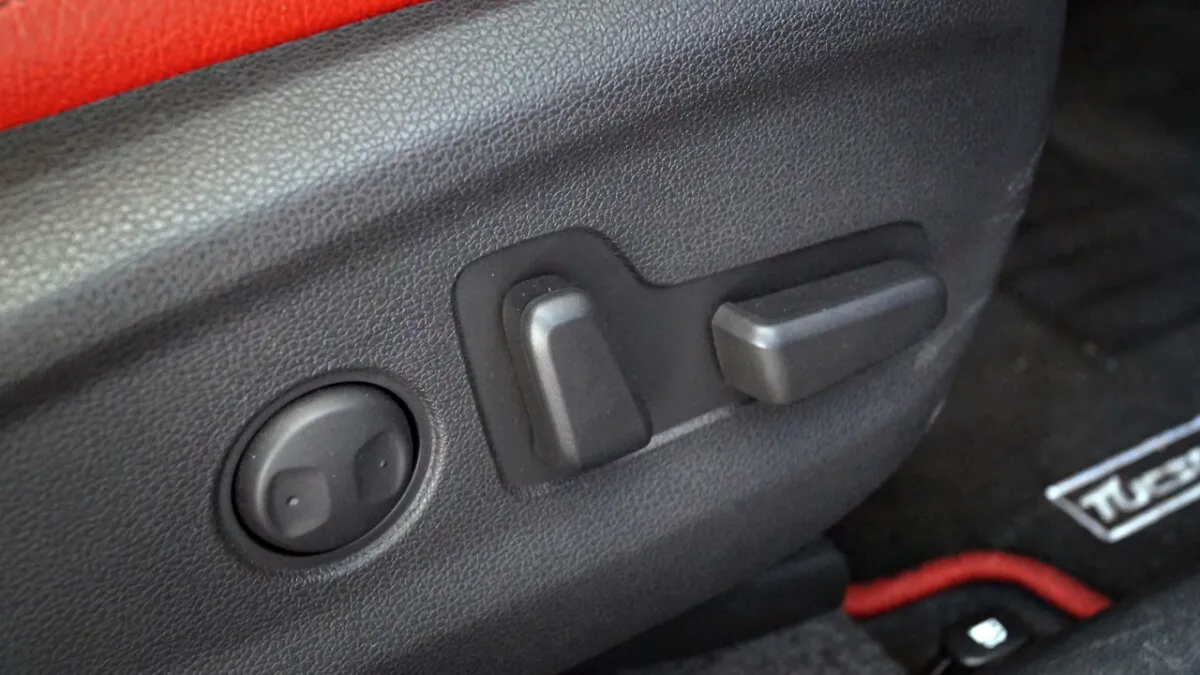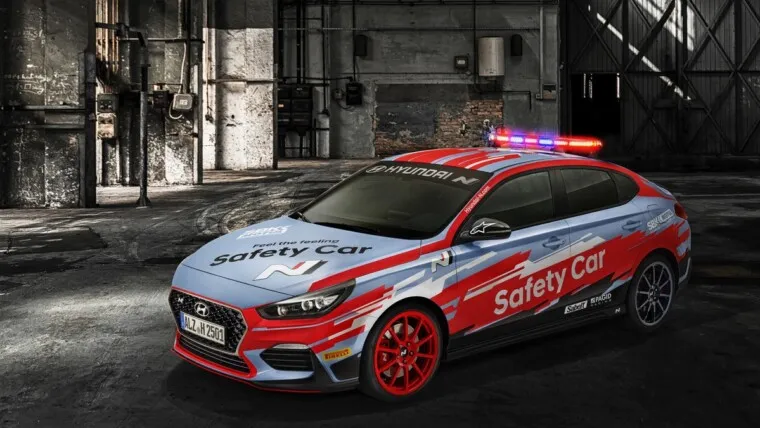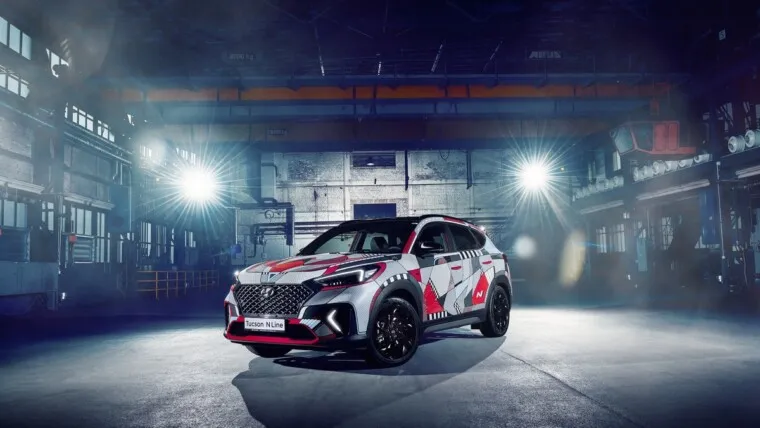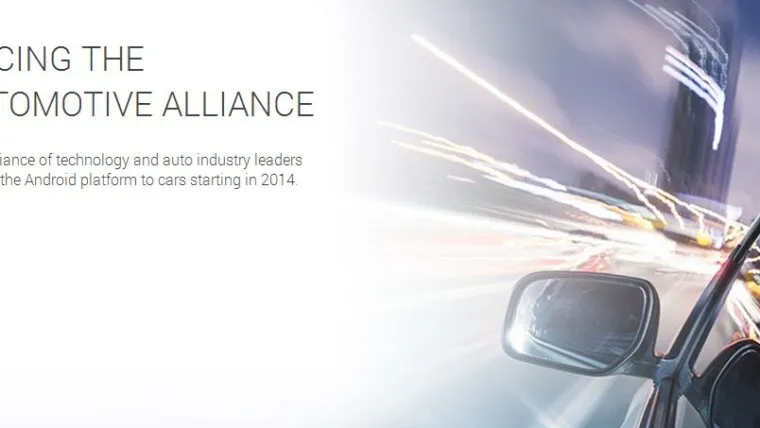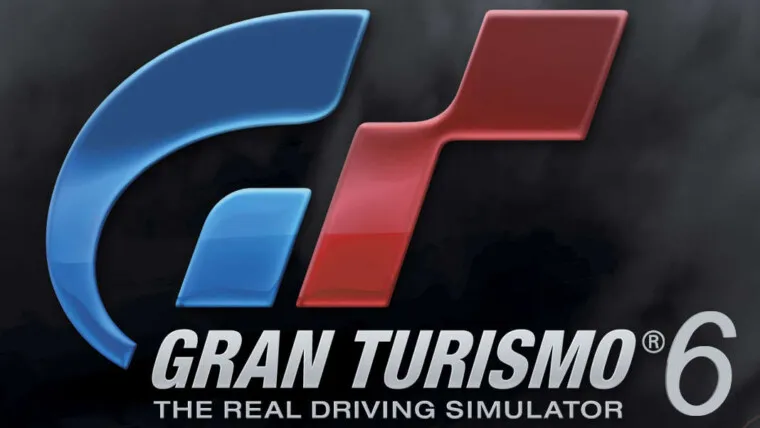Mention SUV and the one that defines this segment is none other than the Honda CR-V. But, apart from the well known CR-V, what other options do you have?
Well, if Japanese models are too mainstream for you, and European offerings a bit too rich for your blood, then perhaps the Koreans could be a worthy alternative. Enter the Hyundai Tucson, now in its third iteration.
The new Hyundai Tucson made a local debut some time last year, offering Malaysian customers a viable alternative to the regular suspects. After all, various Hyundai models, including the Hyundai Elantra, Sonata and i10 has been doing quite well locally. The Tucson is poised to continue this trend.
In the looks department, Hyundai designers have toned down the company’s “Fluidic Sculpture” design, giving the Tucson a more matured, laid back design. Sure, some people may prefer the predecessor’s smiling face more, but there’s a hint of a certain European-branded model in the design. Gone are the swooping lines that covered the Tucson, as these lines are now more solid, giving the Tucson a more grown-up appeal.
Our unit here is the range-topping 2.0 Executive variant, which has also been fully decked out with the company’s Urban Kit, which includes the silver bits located in the front bumper, side skirts and rear end. We do quite like the rear end design with the Urban Kit, including that faux diffuser design. Elsewhere, the Tucson features elements you came to expect from an city-dwelling SUV, including fender garnish all round.
As you step inside, you’ll immediately notice the striking red leather-wrapped seats. The red leather upholstery is also an optional upgrade, called the Red Package. By default, the Tucson comes with a black leather-adorned interior. Love it or hate it, its up to you. Personally, we feel that the red interior adds appeal to a regular interior.
Striking red interior aside, the interior of the Tucson is actually a really nice place to be in. Part of the dashboard is covered in soft touch material, though the part in front of the driver is hard plastic. Buttons and controls provide ample tactile feedback, though the blue lighting may not be everyone’s cup of tea.
For us at least, the Android-powered infotainment system sticks out the most. Here, the Tucson’s Android head unit gets Android KitKat 4.4.2 by default, powered by a Rockchip 1.6 Ghz dual core processor. On paper, the system is ideal, as users can playback music, receive FM transmissions, utilize Waze to navigate and even browse the internet. However, actual implementation is far from ideal. From a cold boot, the head unit takes roughly 15 seconds to boot up, though the reverse camera activates immediately when Reverse is engaged. Sound quality is decent enough, though FM reception is far from ideal. Navigating through menus is a hit and miss, as the system can be fluid one moment, and jittery the next.
Hyundai says that the 2.0-litre MPi engine, similar to the one found in the newly launched Kia Sportage, outputs 155 PS at 6,200 and 192 Nm at 4,000 rpm. Town driving is comfortable enough, as the six-speed automatic offers really smooth gearshifts, though shifts are noticeably slower and jerkier in Manual mode. On the highways, the Tucson is an excellent cruiser, as wind noise and tyre noise are minimal here, while offering a decent ride comfort. Don’t expect the Tucson to cruise at really high speeds, as this naturally-aspirated SUV lacks the extra oomph to propel itself to that extent.
Keeping the Tucson at saner speeds does allow the SUV to shine, as ride comfort is commendable for an SUV. Despite that, the Tucson performs decent enough when going through curvy roads, with adequate grip from its tyres. Also, the engine note is rather coarse when given the beans. Tyre noise from the Continental MaxContact 5 rubbers were also kept to a bare minimum.
Engine power aside, we also noticed that the throttle on the Tucson was rather sensitive, as a small prod on the throttle sent the gearbox into a downshifting frenzy. While this provided a somewhat sportier appeal to the Tucson, changing the Drive Mode to Eco allowed us to drive the Tucson with less strain. We noticed that the Tucson was consuming roughly 10 km/L during jam crawls, while highway cruising returned an average of 12 km/L. We expect the Tucson to return better figures once the engine has loosened up nicely.
Like most modern vehicles, the Hyundai Tucson is fitted with a electric motor driven power steering, which steers well enough, though the system does not relay any road condition back to the driver. The steering feels vague, while the weight, which can be altered via the Drive Mode selector, feels rather artificial.
People who choose SUVs over sedans generally want better visibility, in addition to the higher ride height. Here, the Tucson delivers just that; excellent forward visibility thanks to its high-riding nature. The thick A-pillars do obstruct visibility, however. Rear and side visibility is decent enough, thanks to the large side mirrors.
In a nutshell, the Hyundai Tucson has came a long way. Gone are the days when the Tucson had quirky design and abysmal residuals. The successor here is a testament that the Koreans are a worthy competitor in this competitive market, not just a cheaper alternative. Having sampled various SUVs in the past, we can safely say that the Tucson is a worthy choice for anyone shopping for an SUV, as the Tucson packs a generous safety kit, which includes six airbags plus VSC into an affordable package.
Hyundai Tucson Photo Gallery


